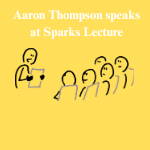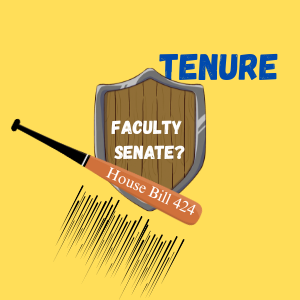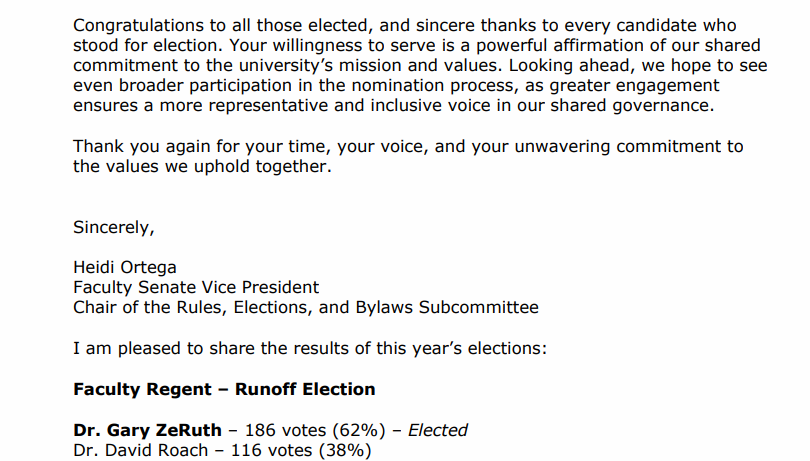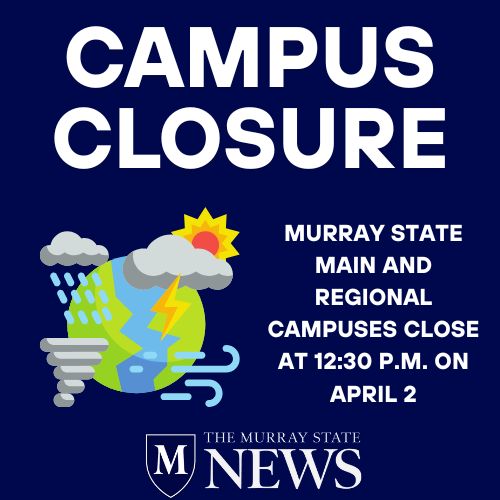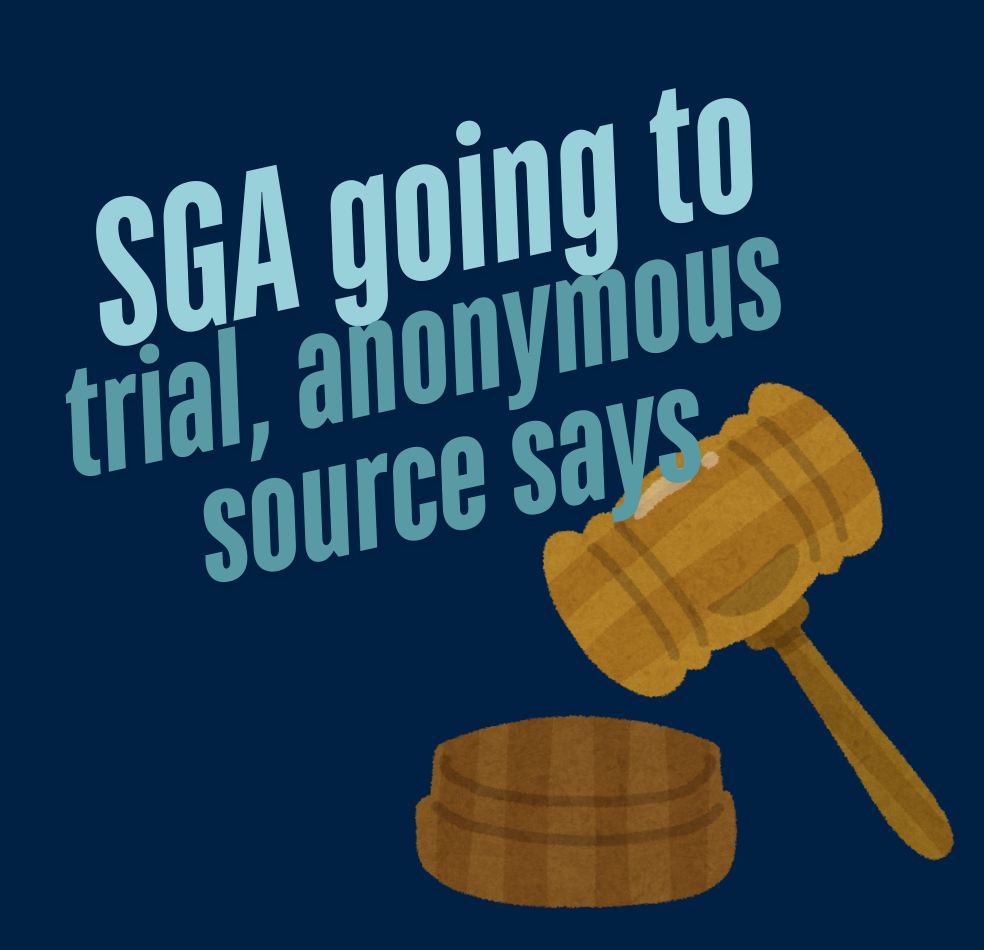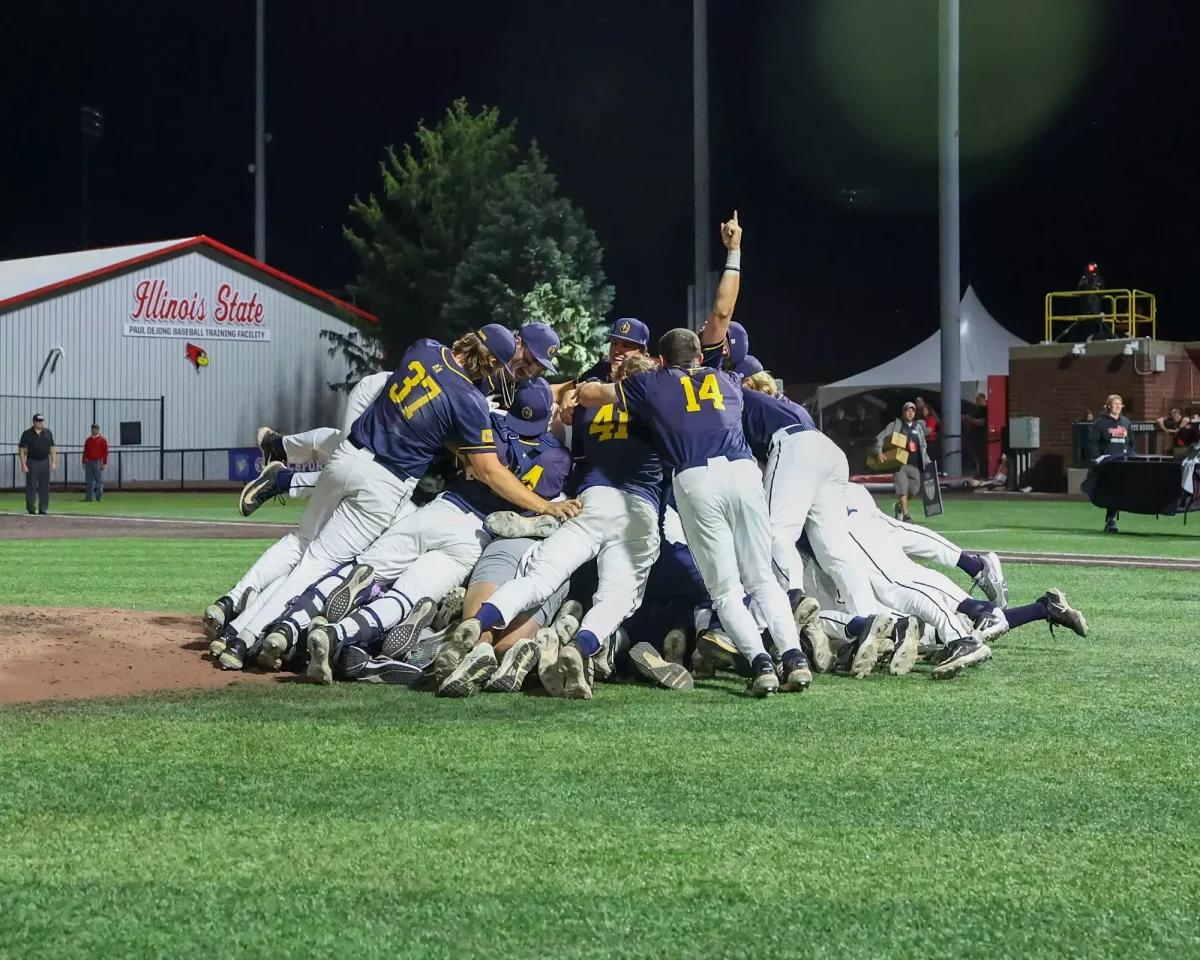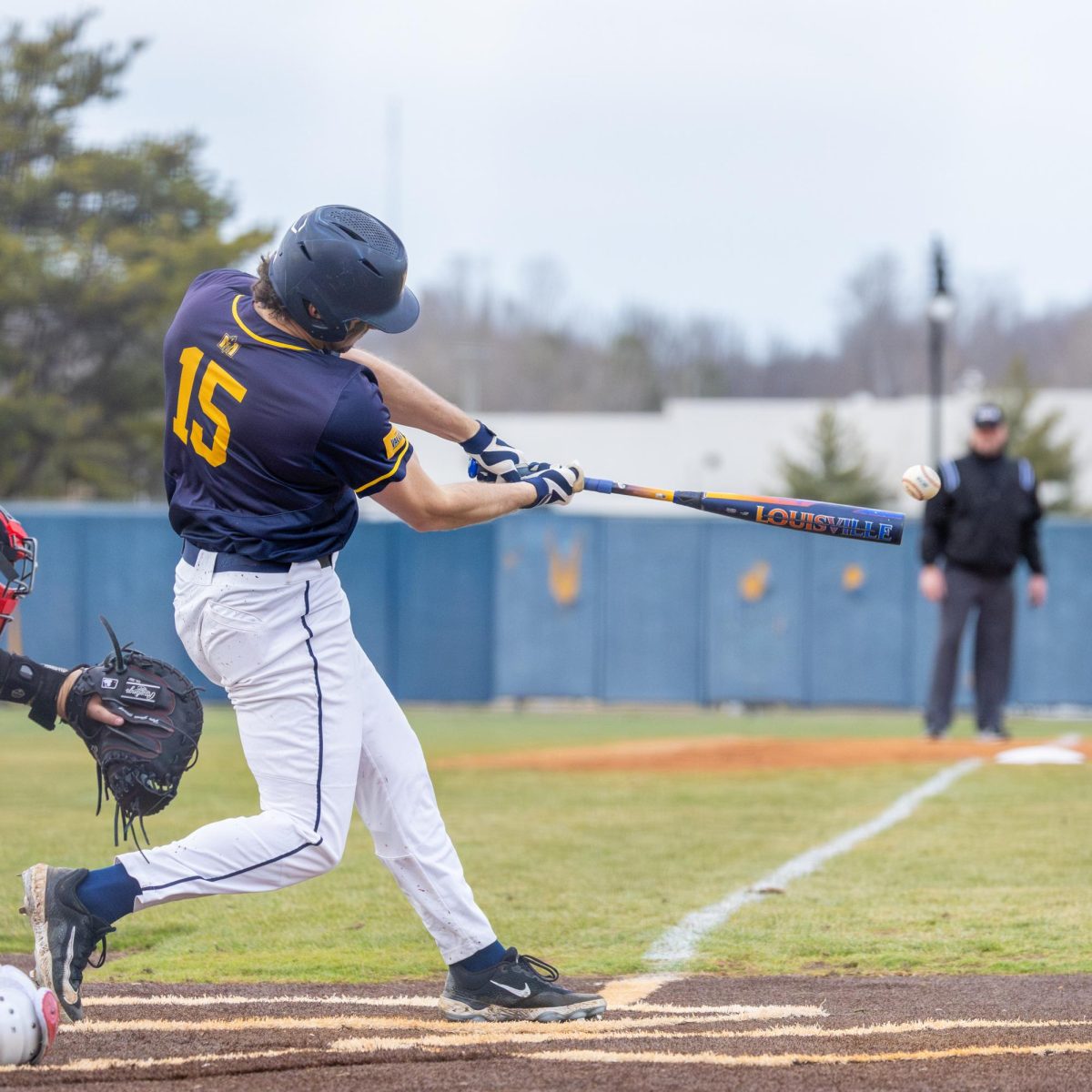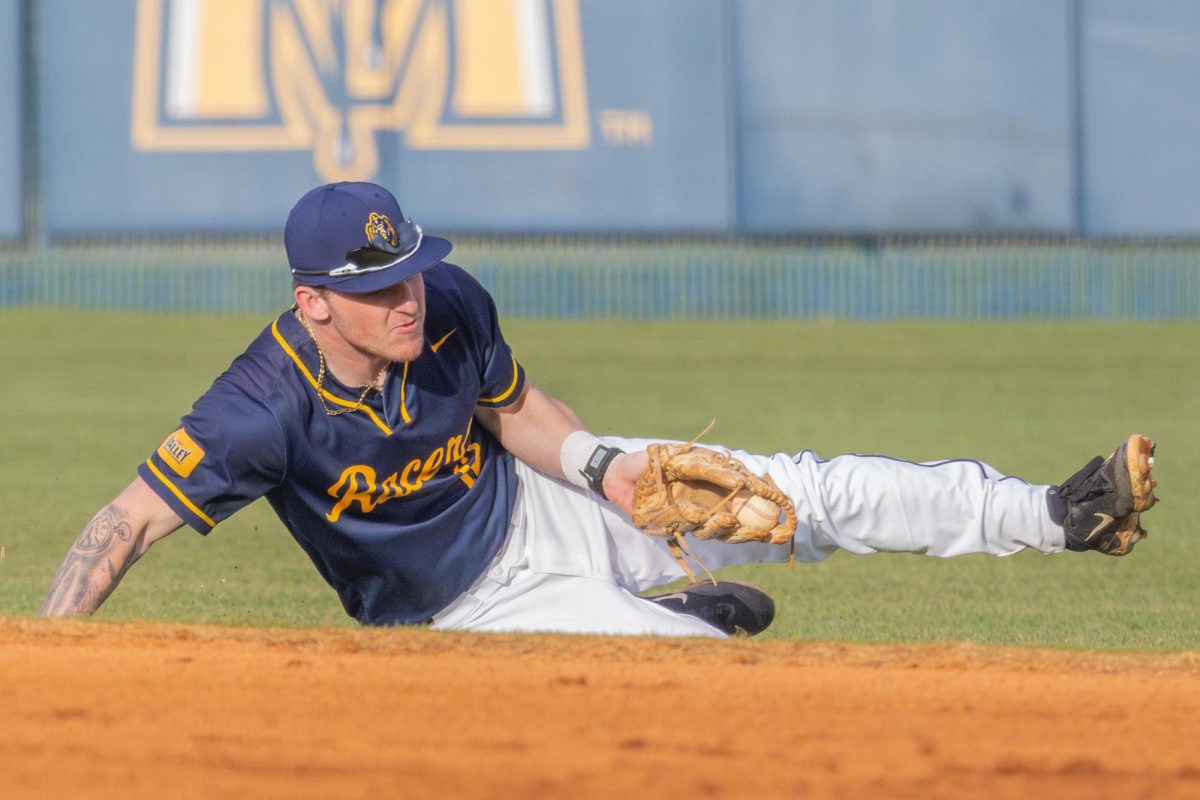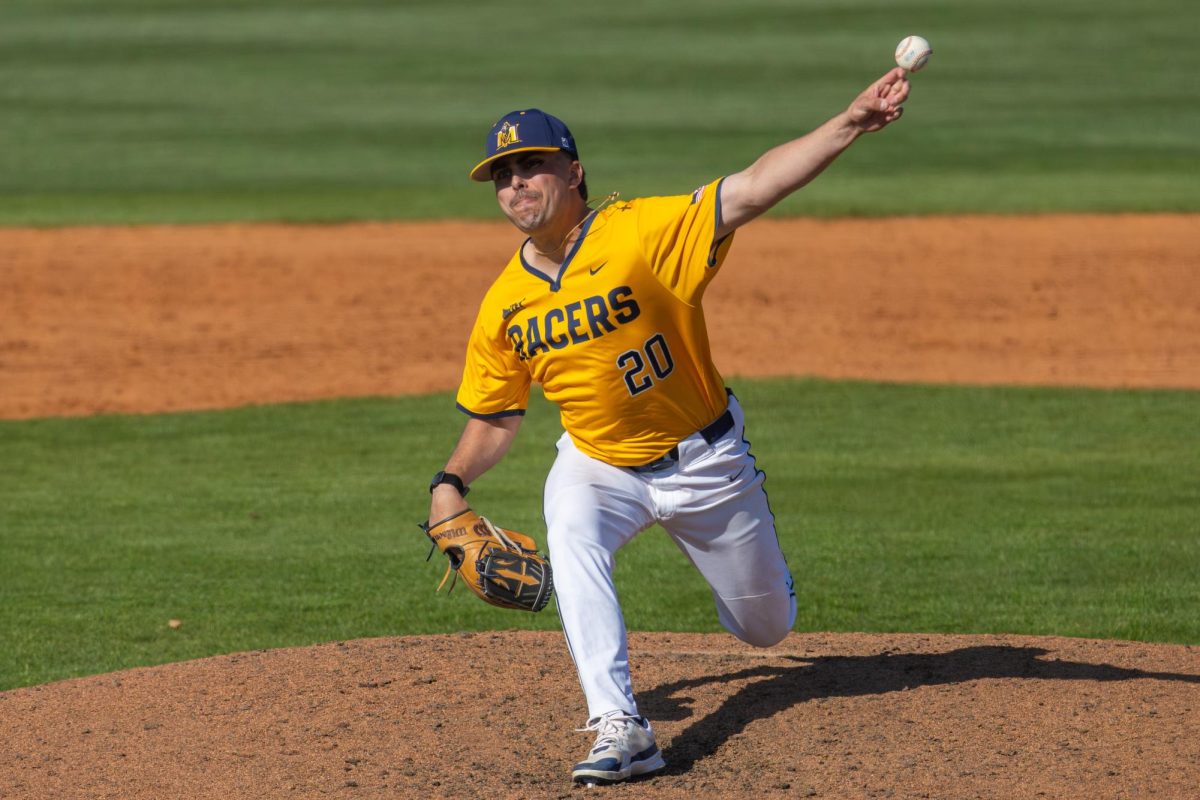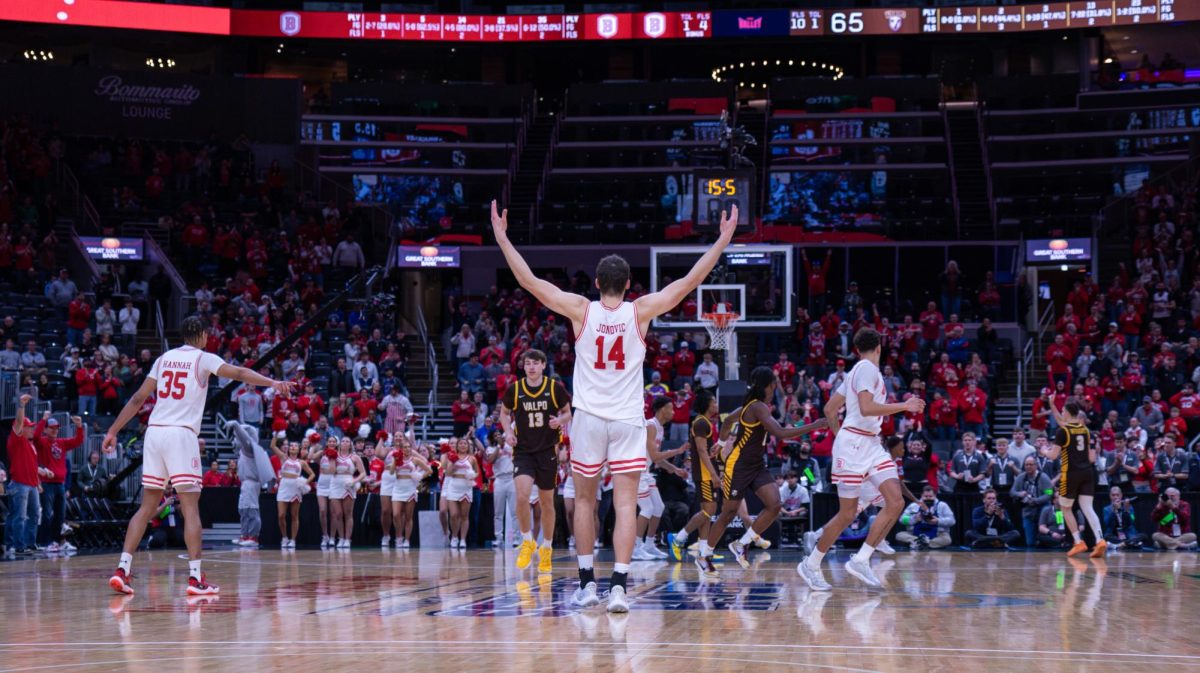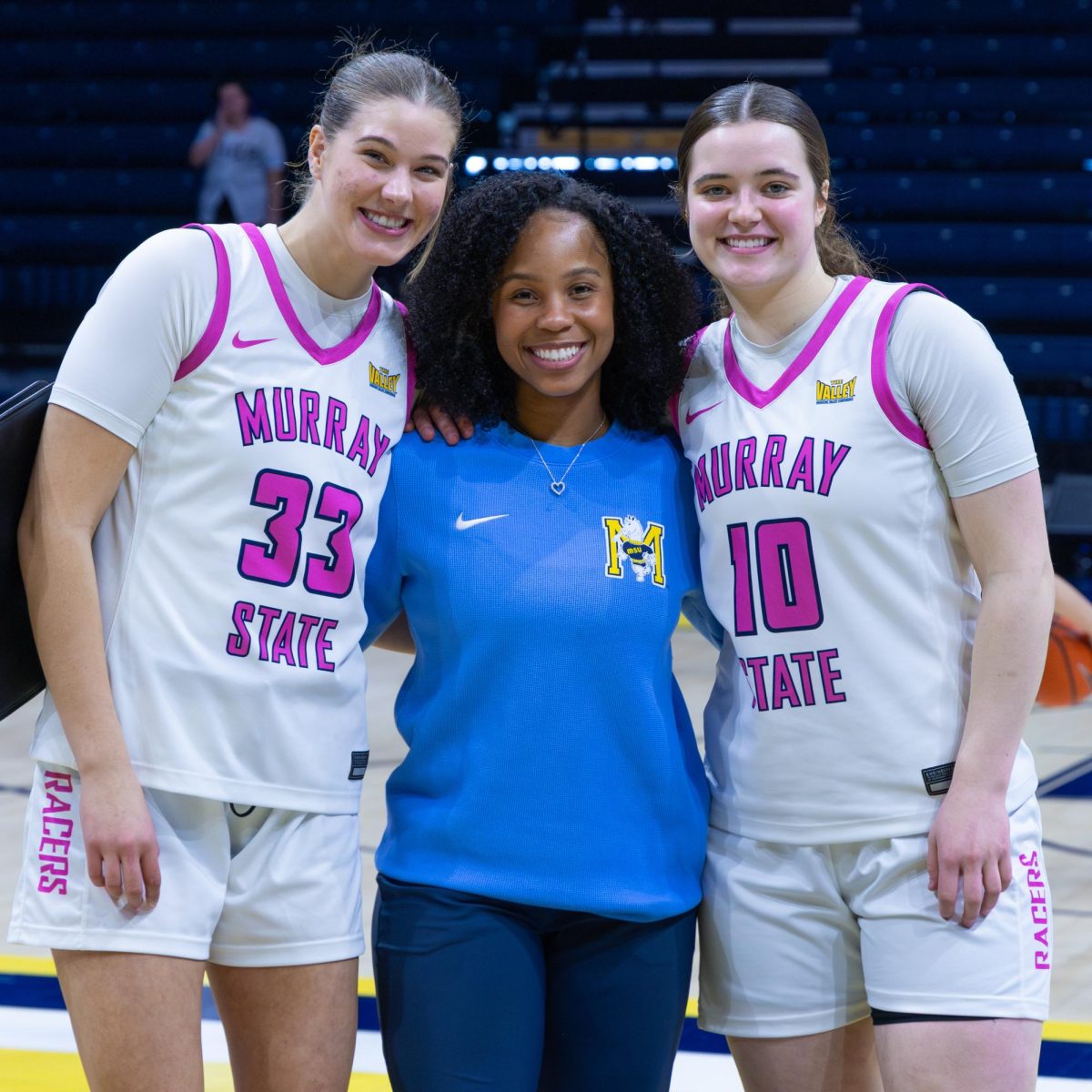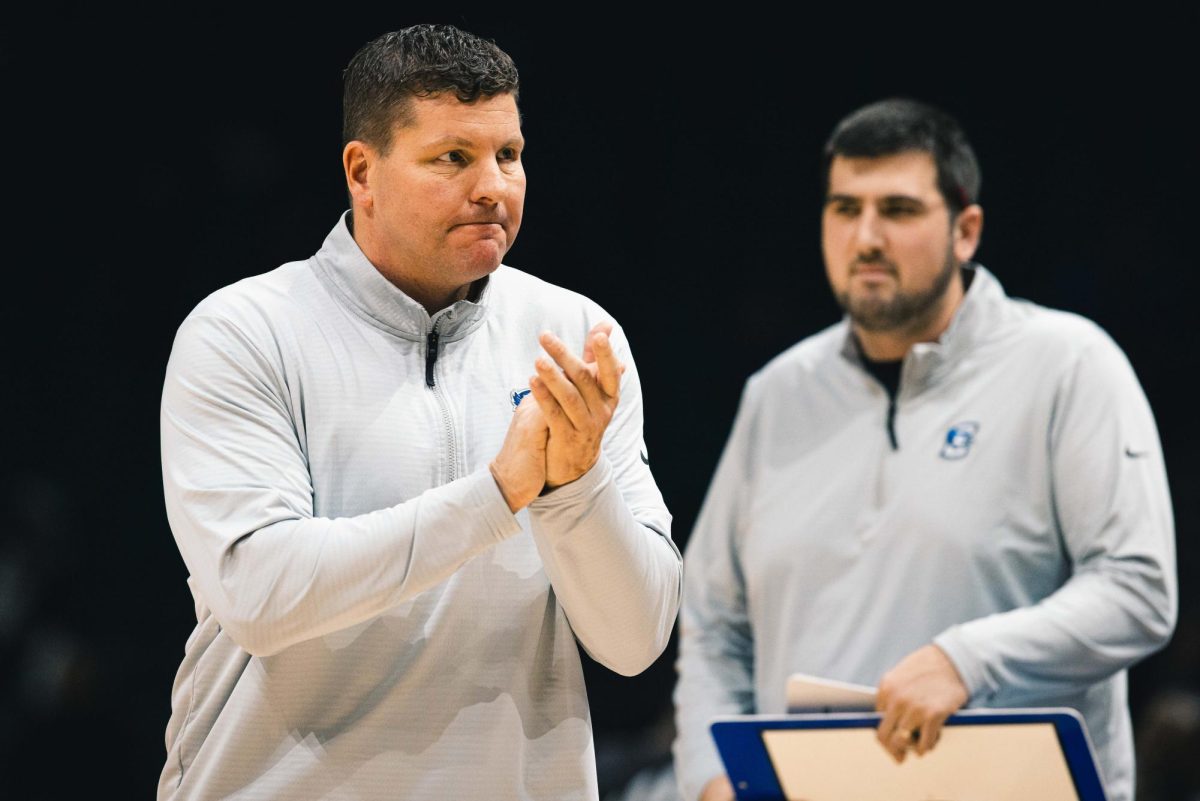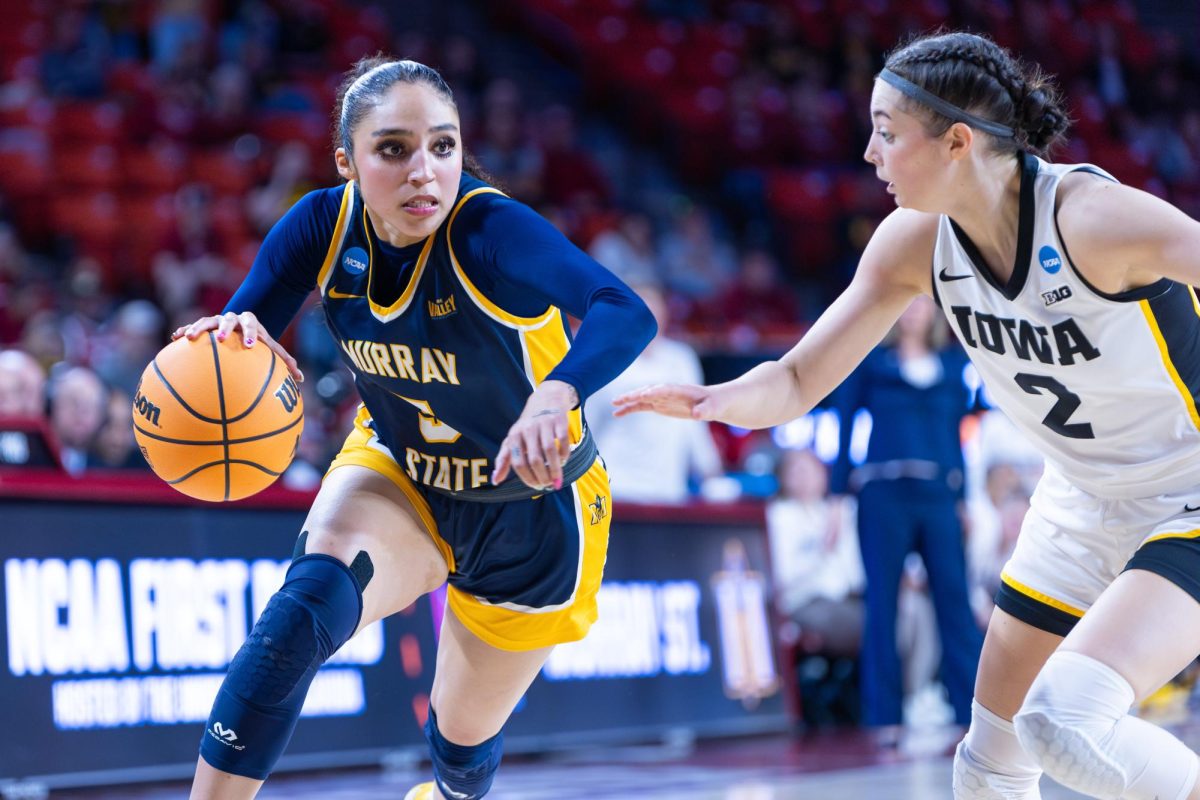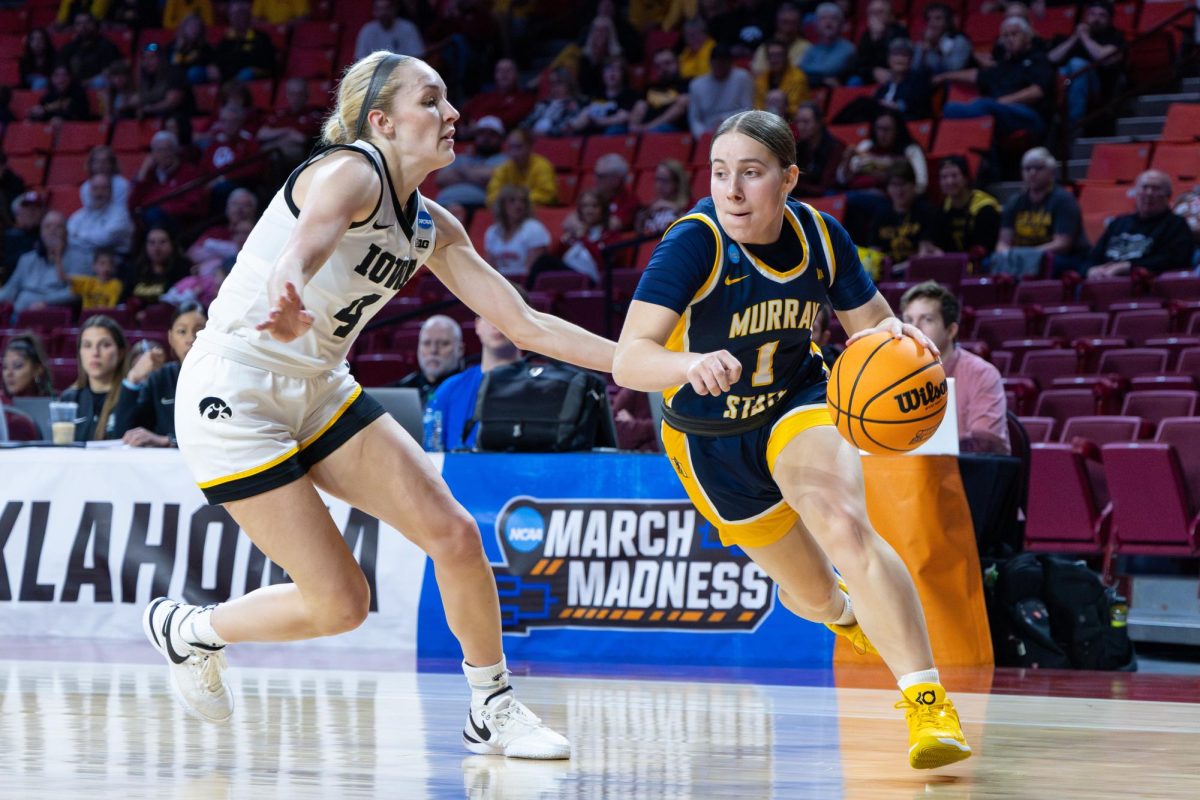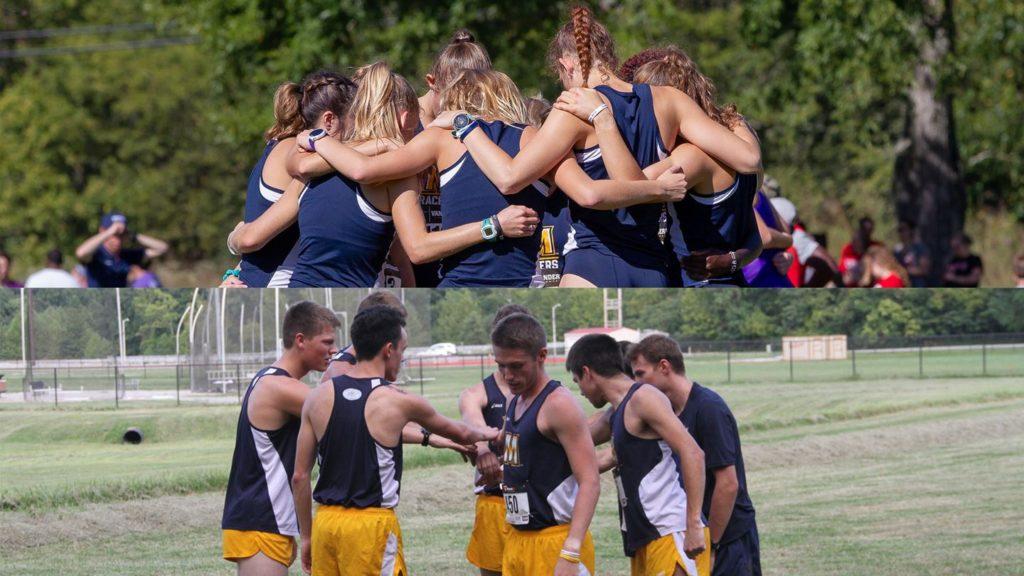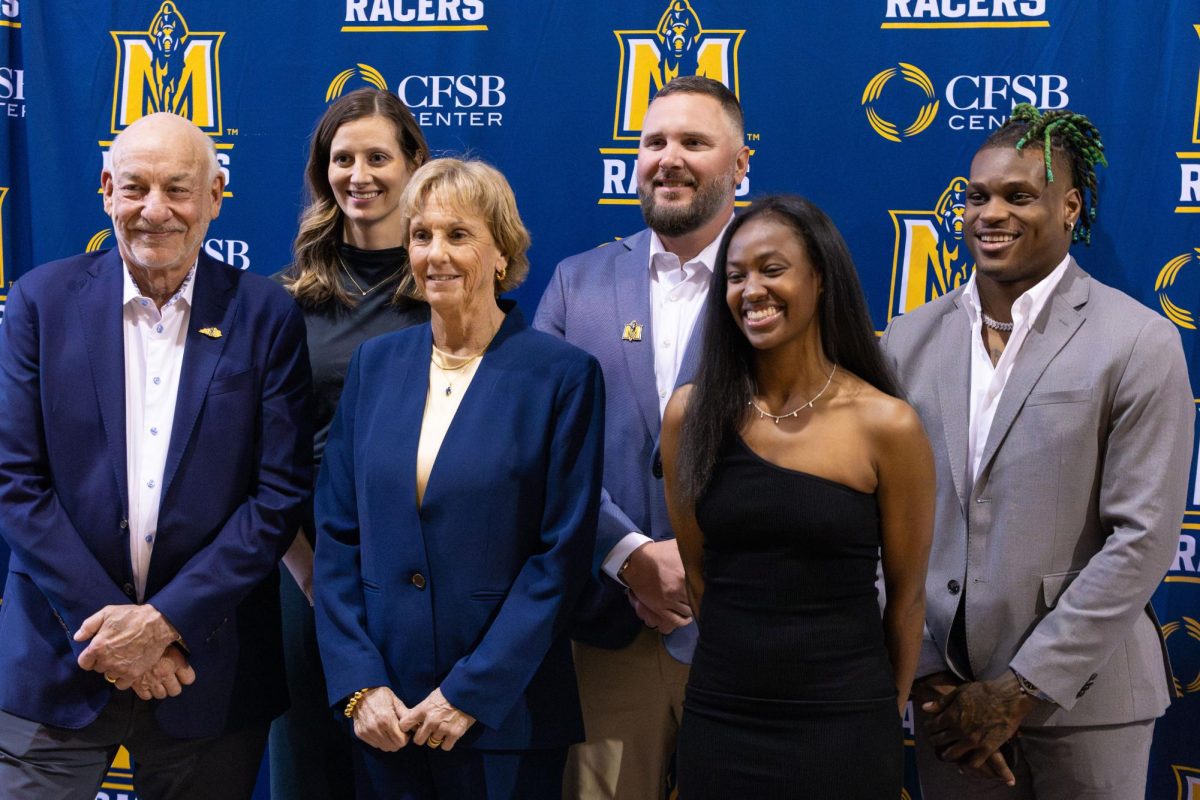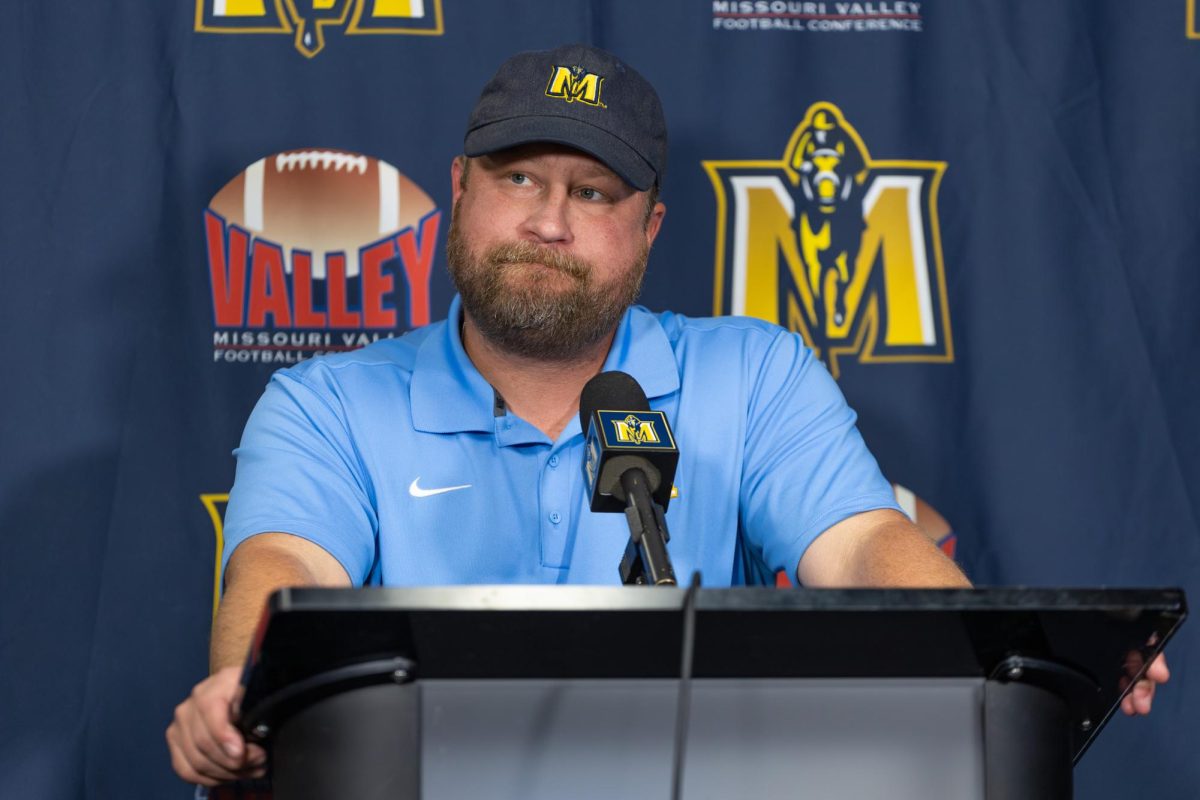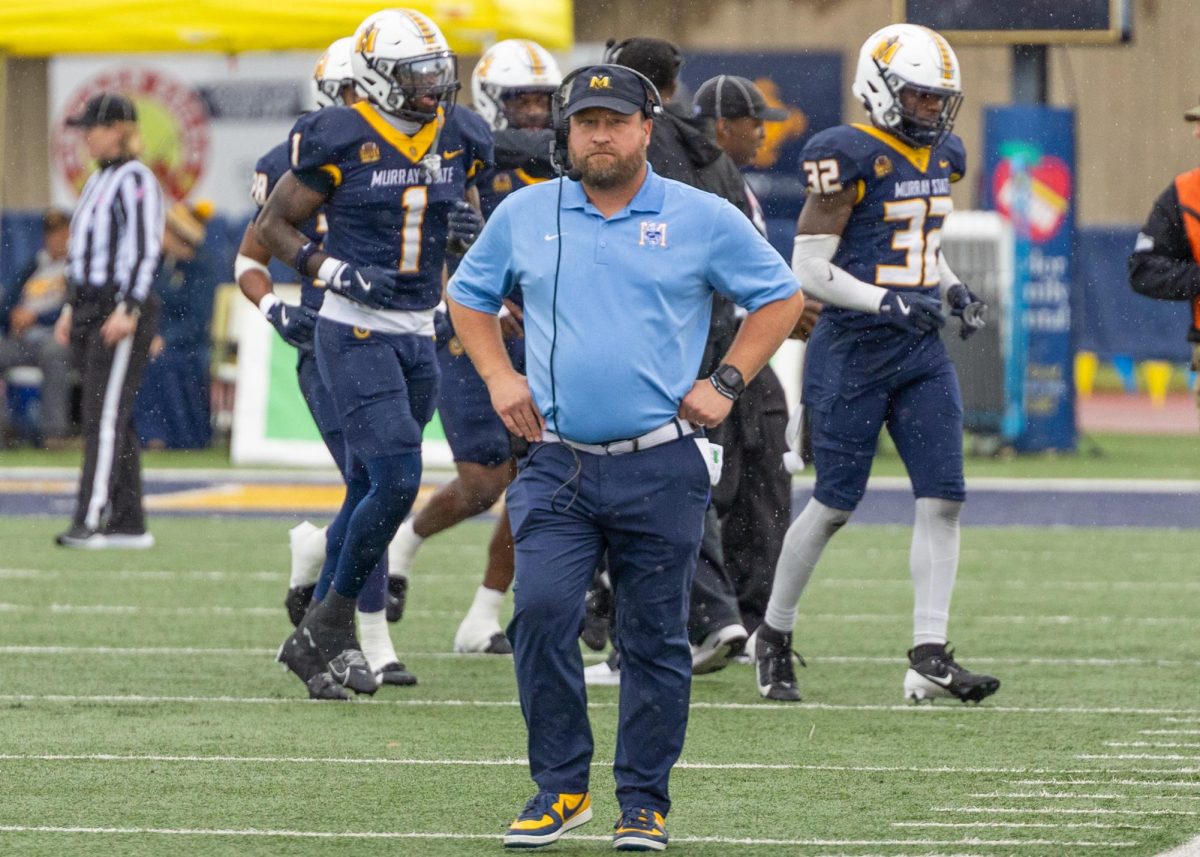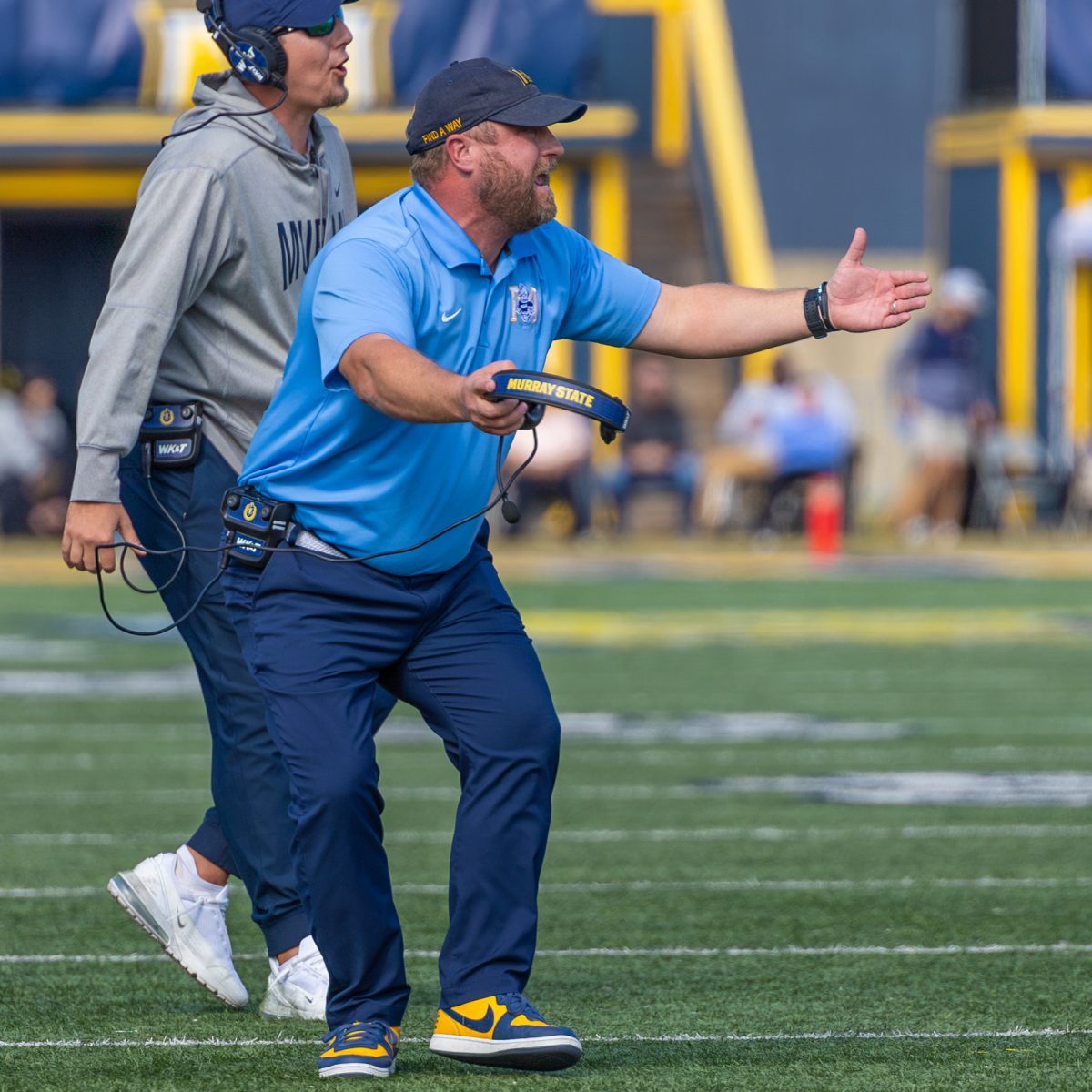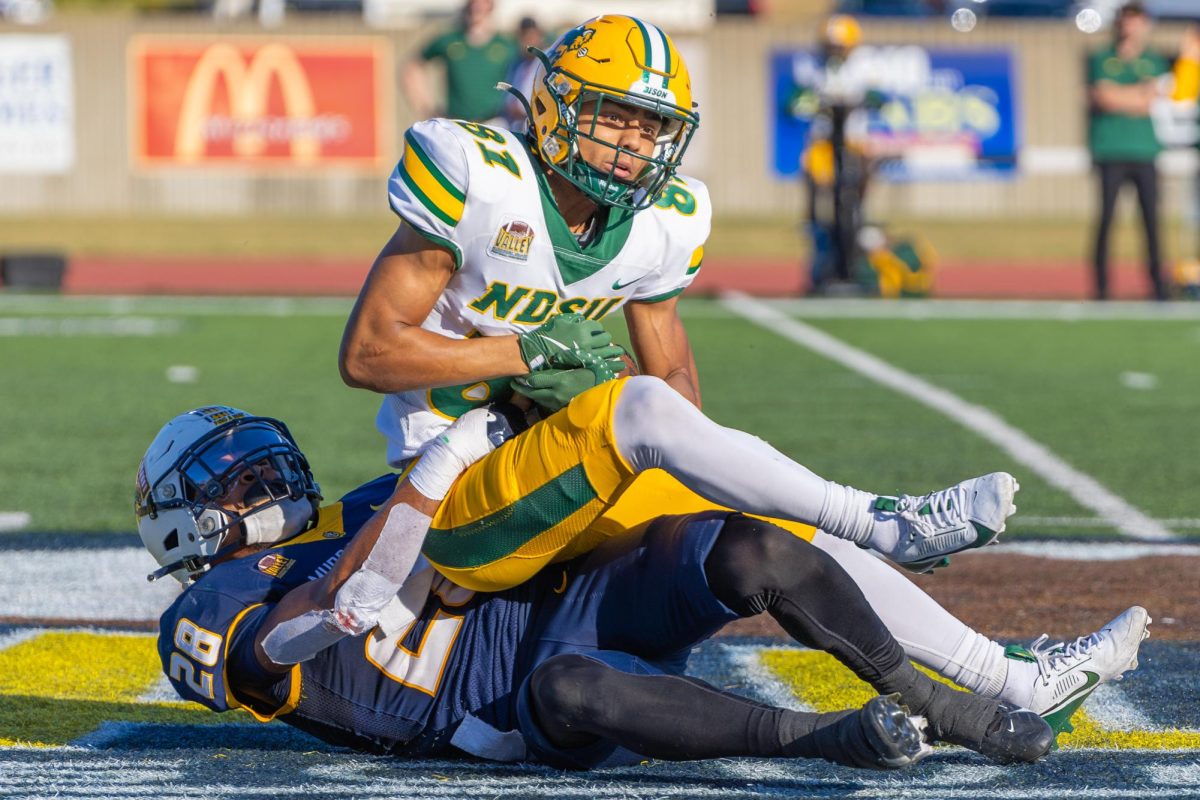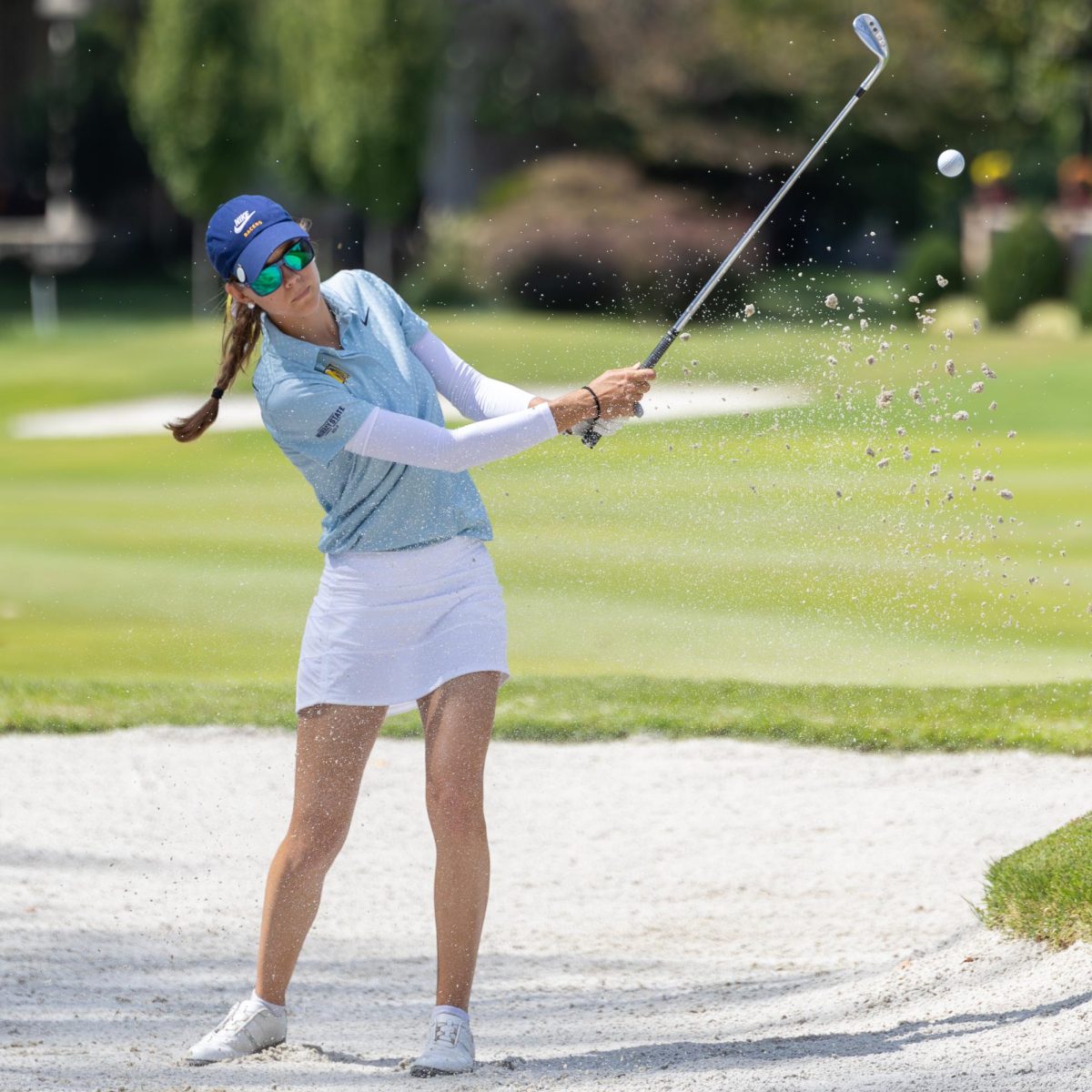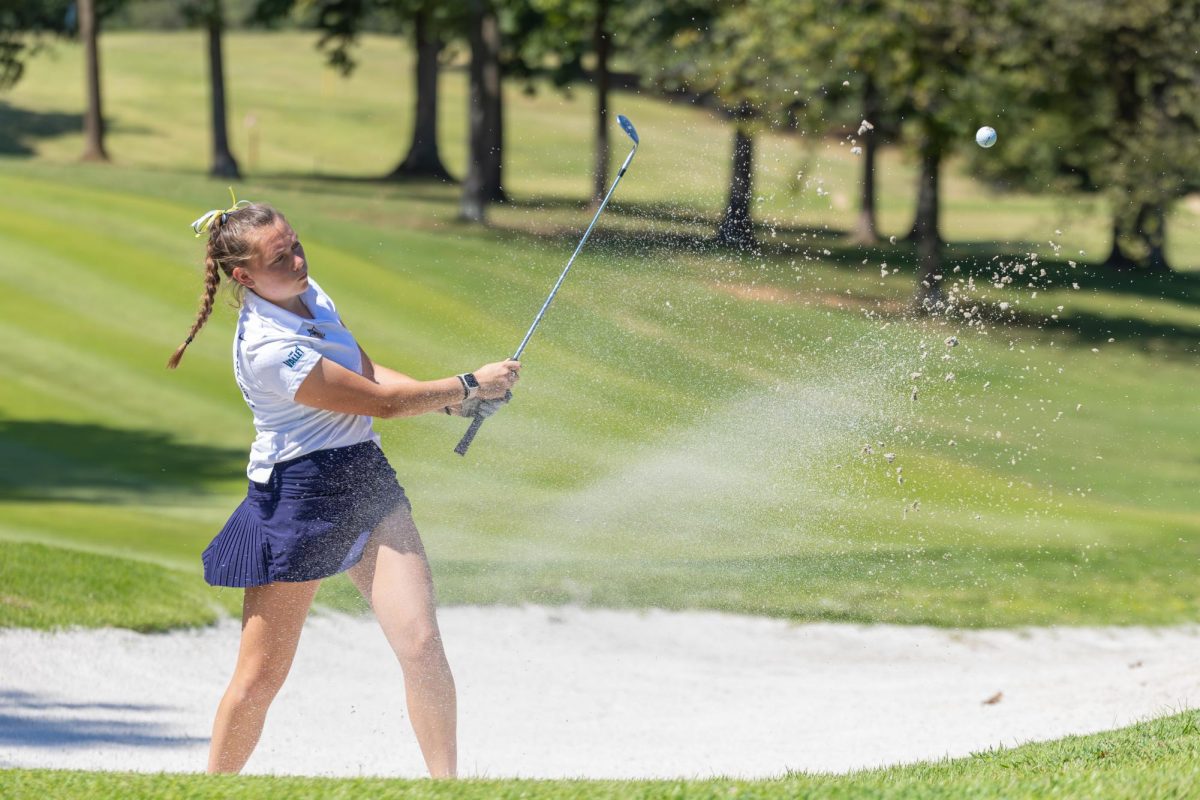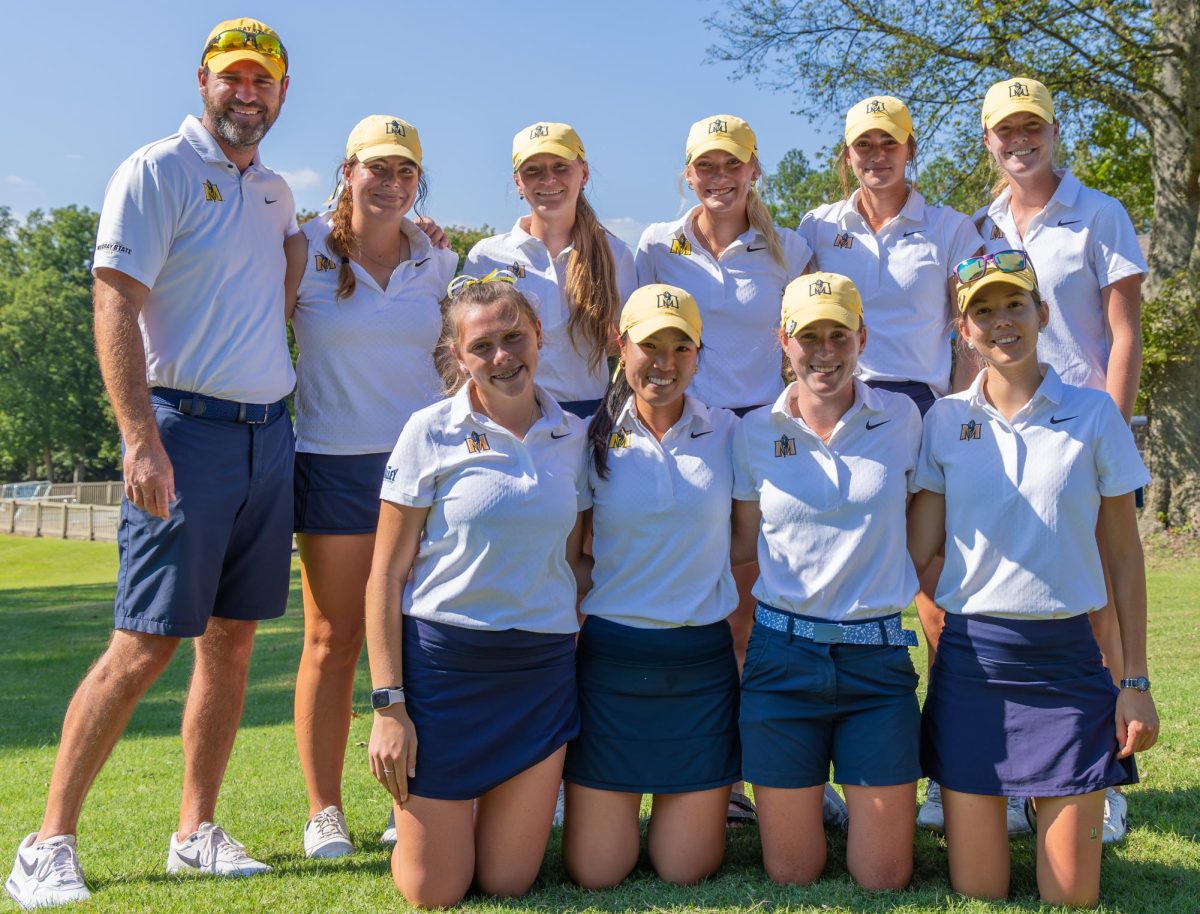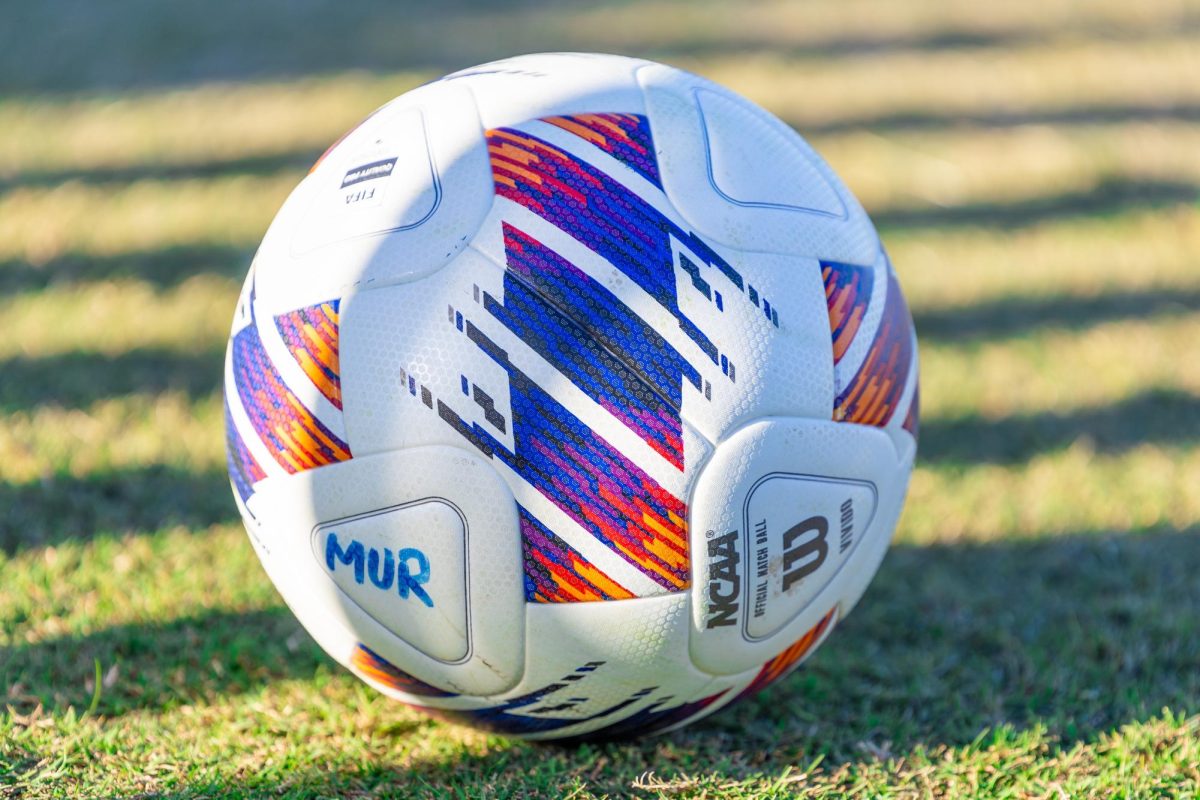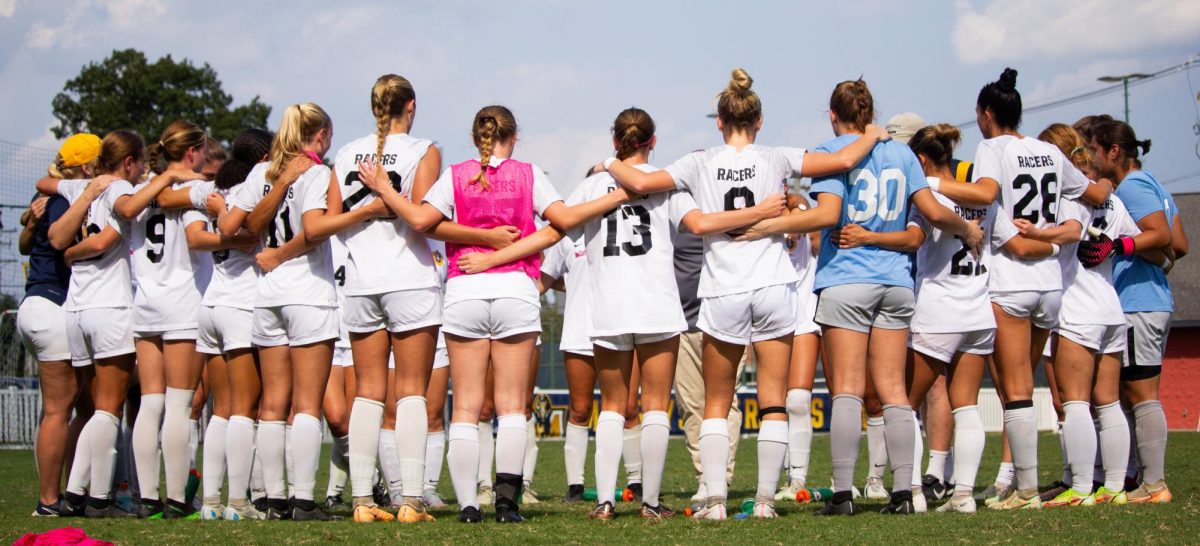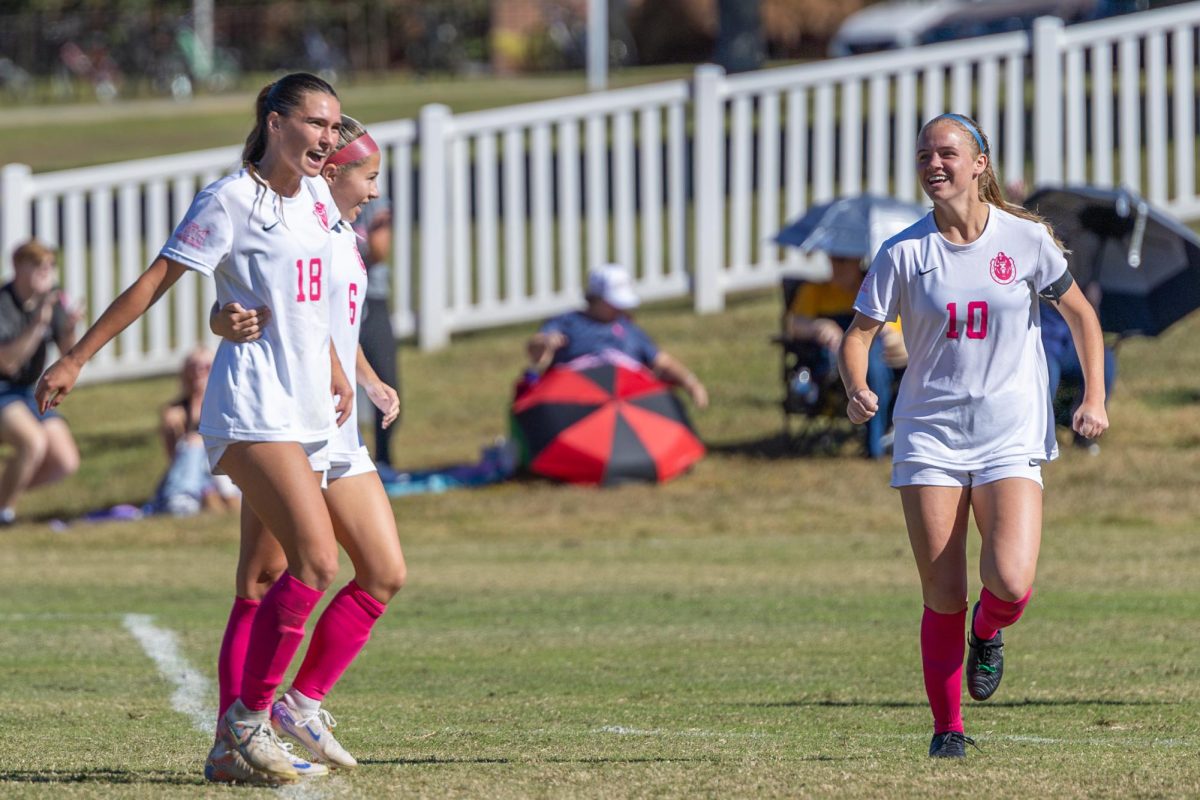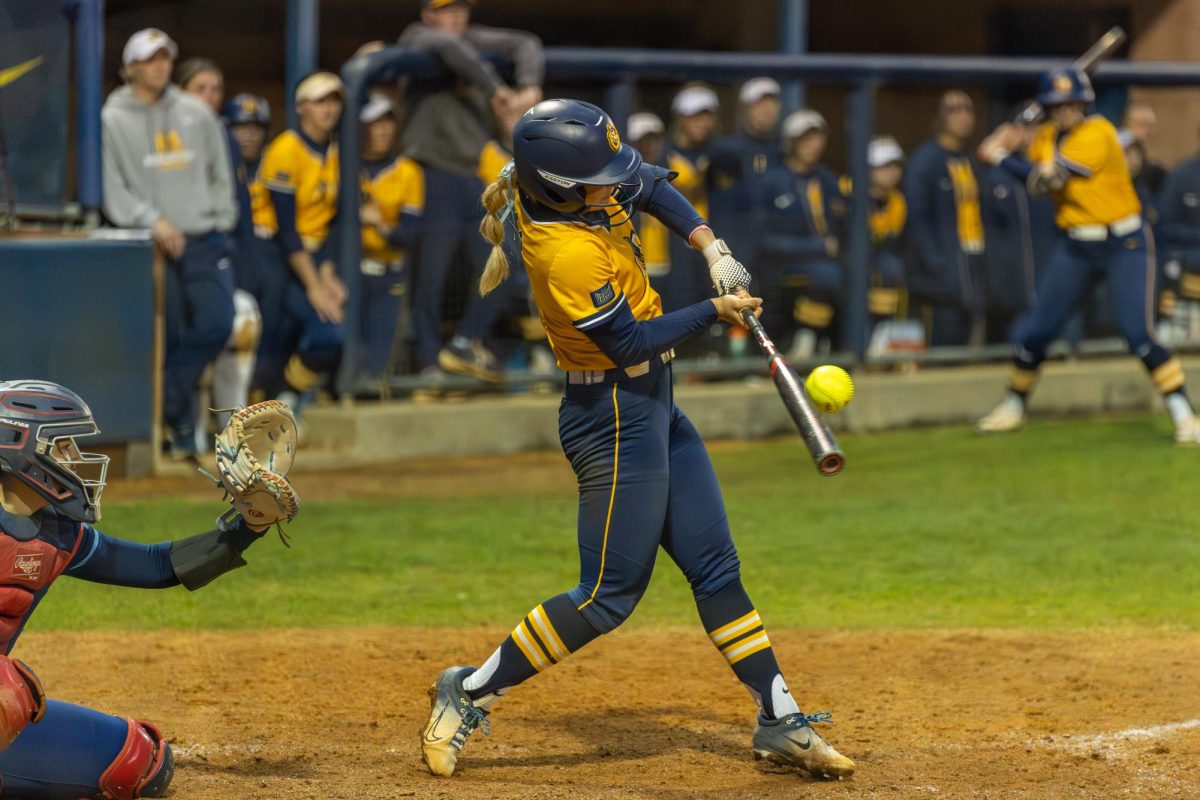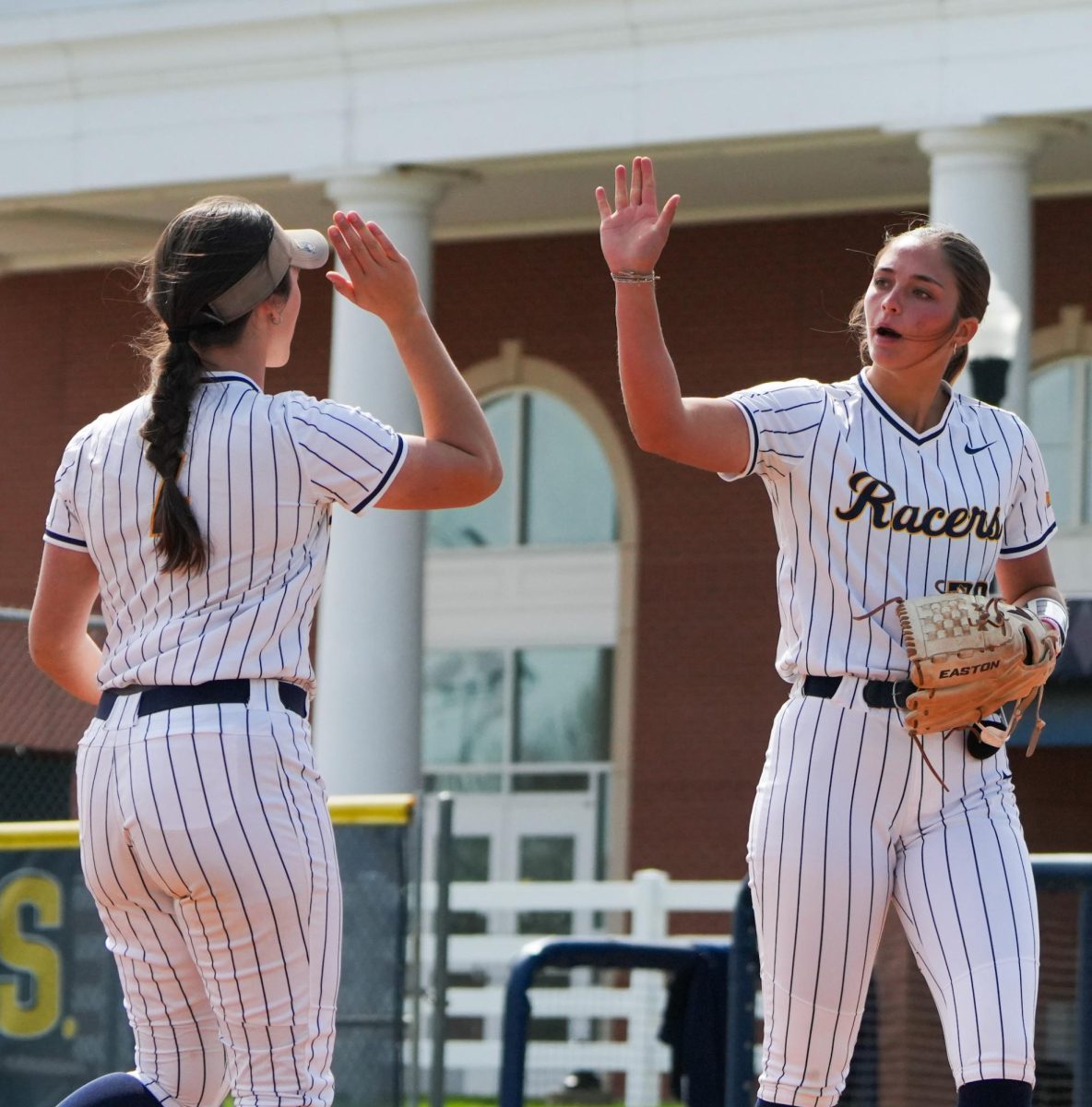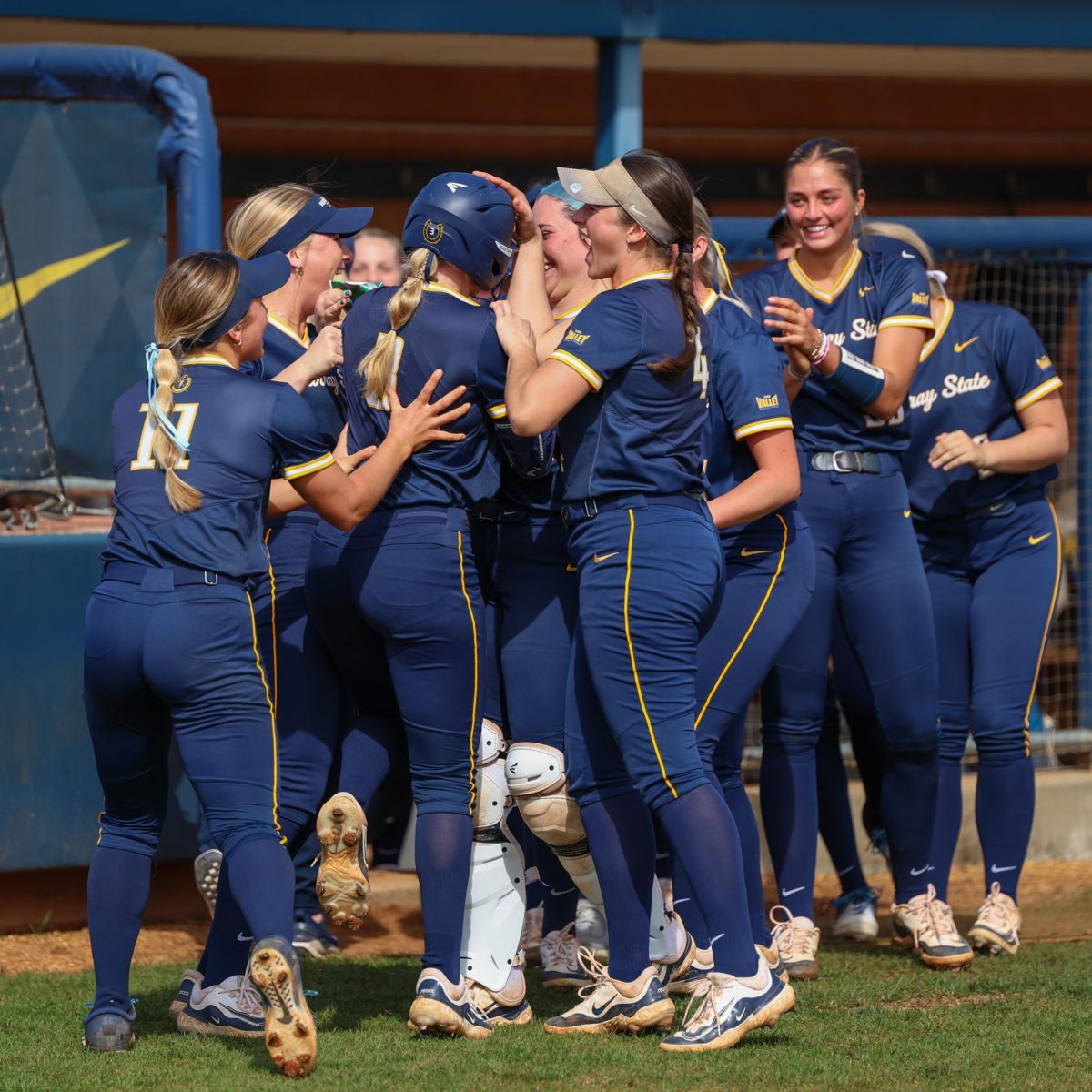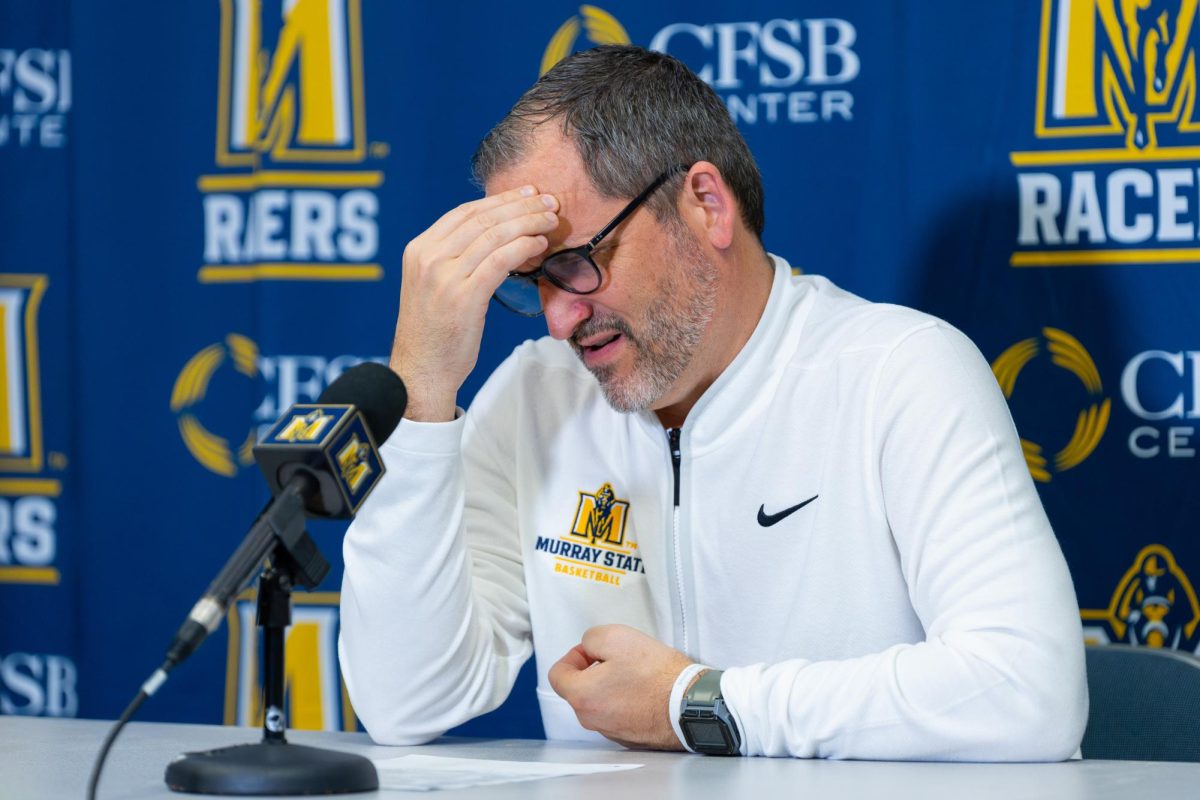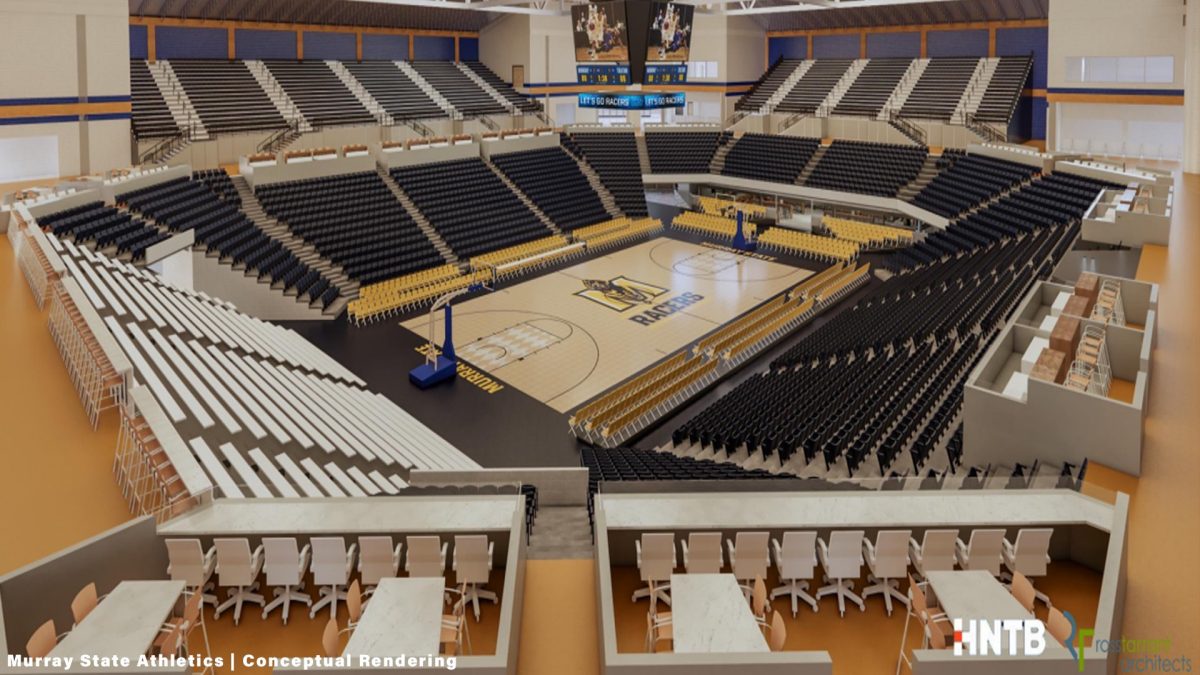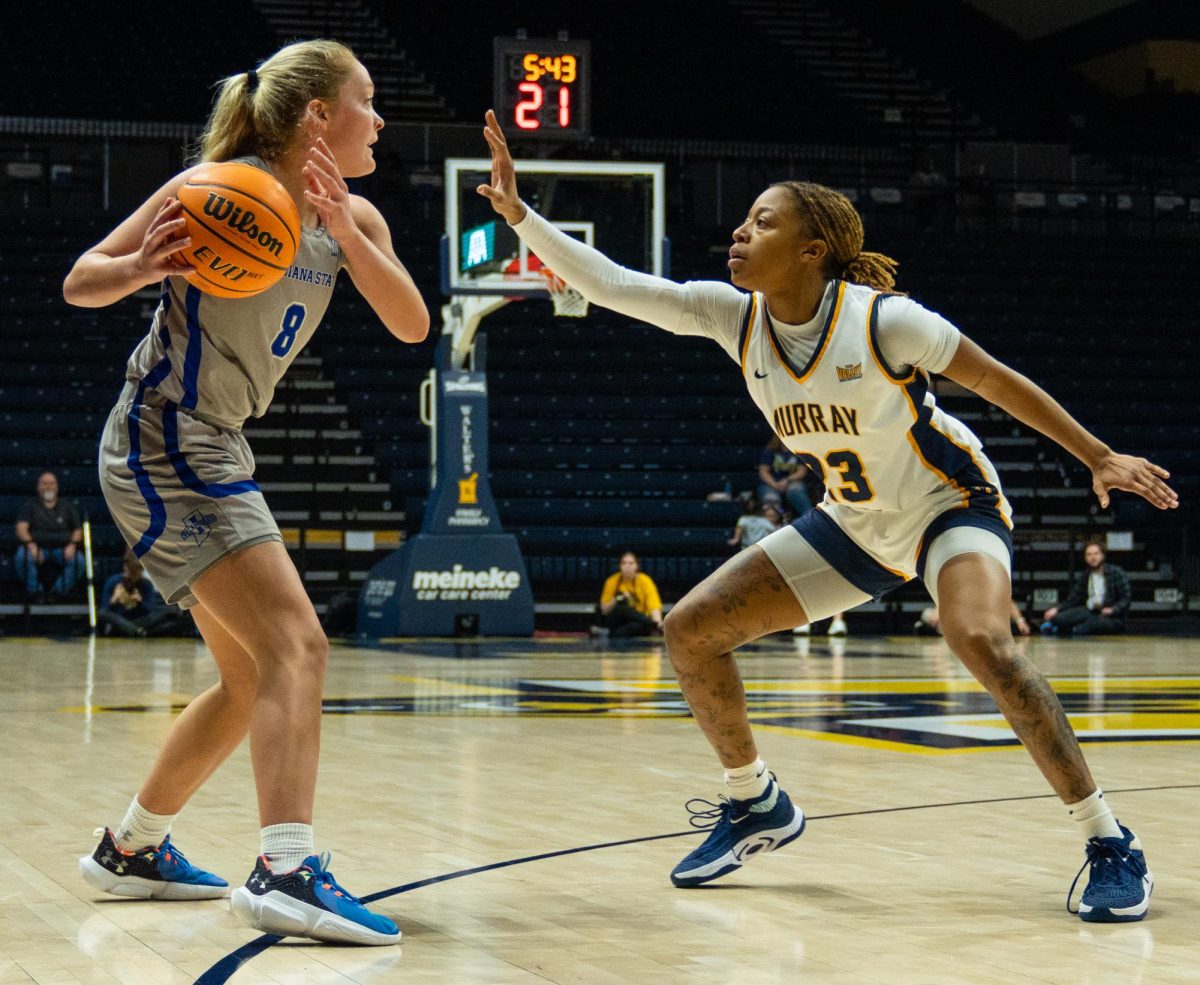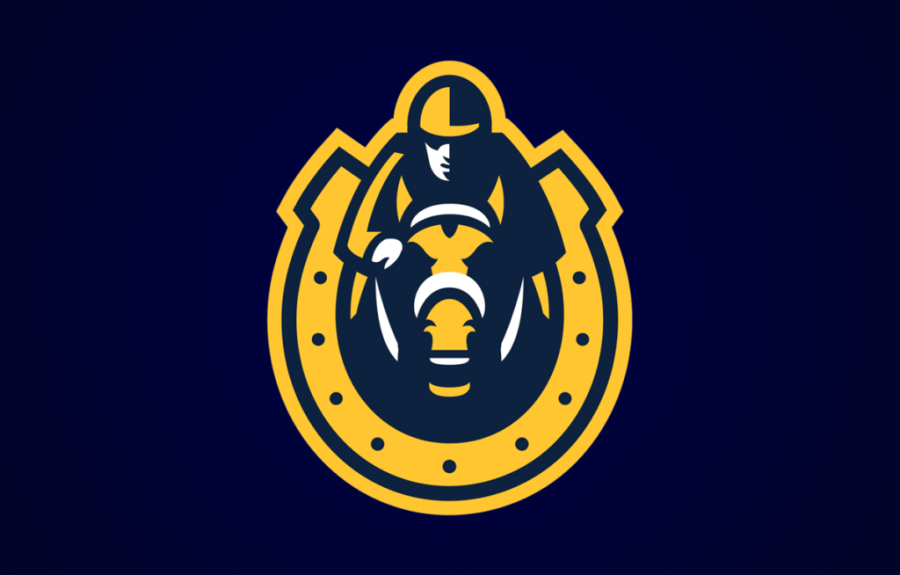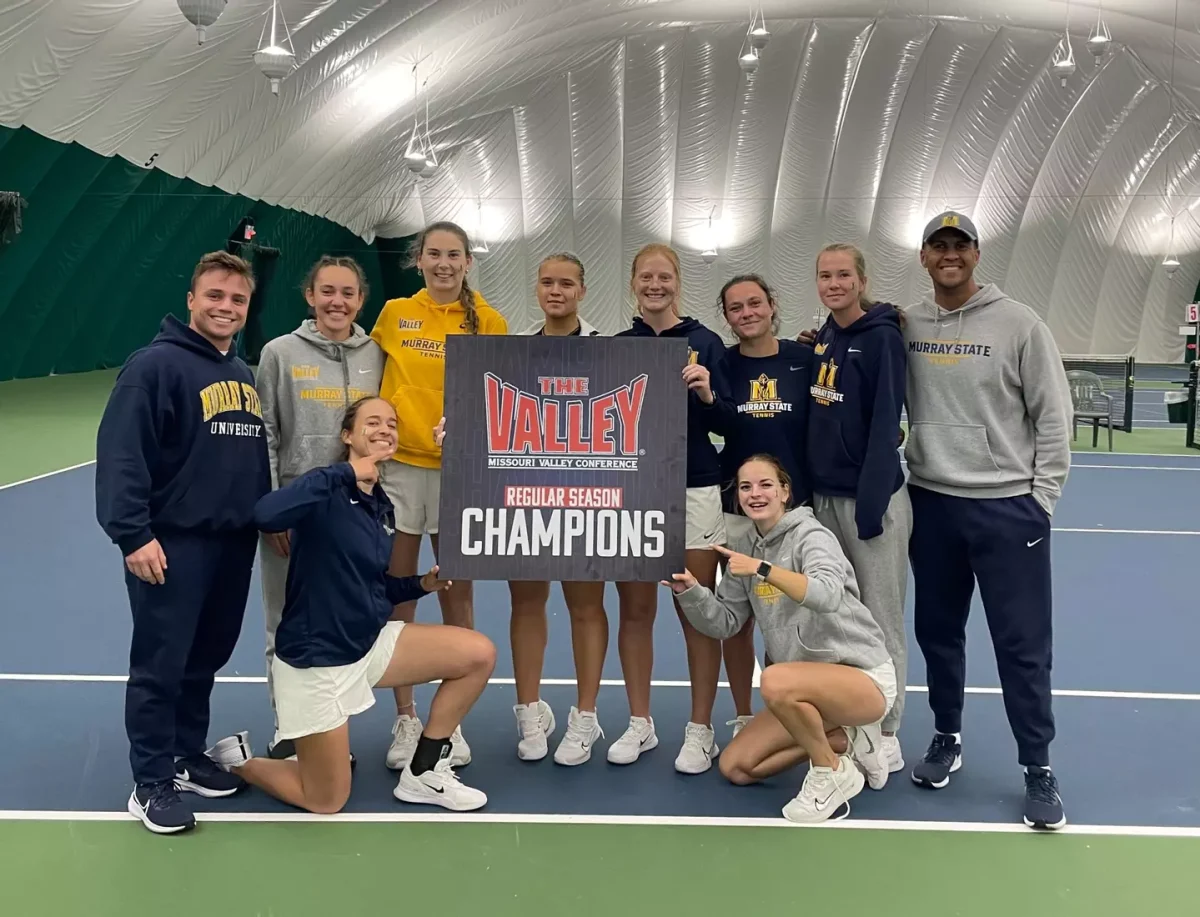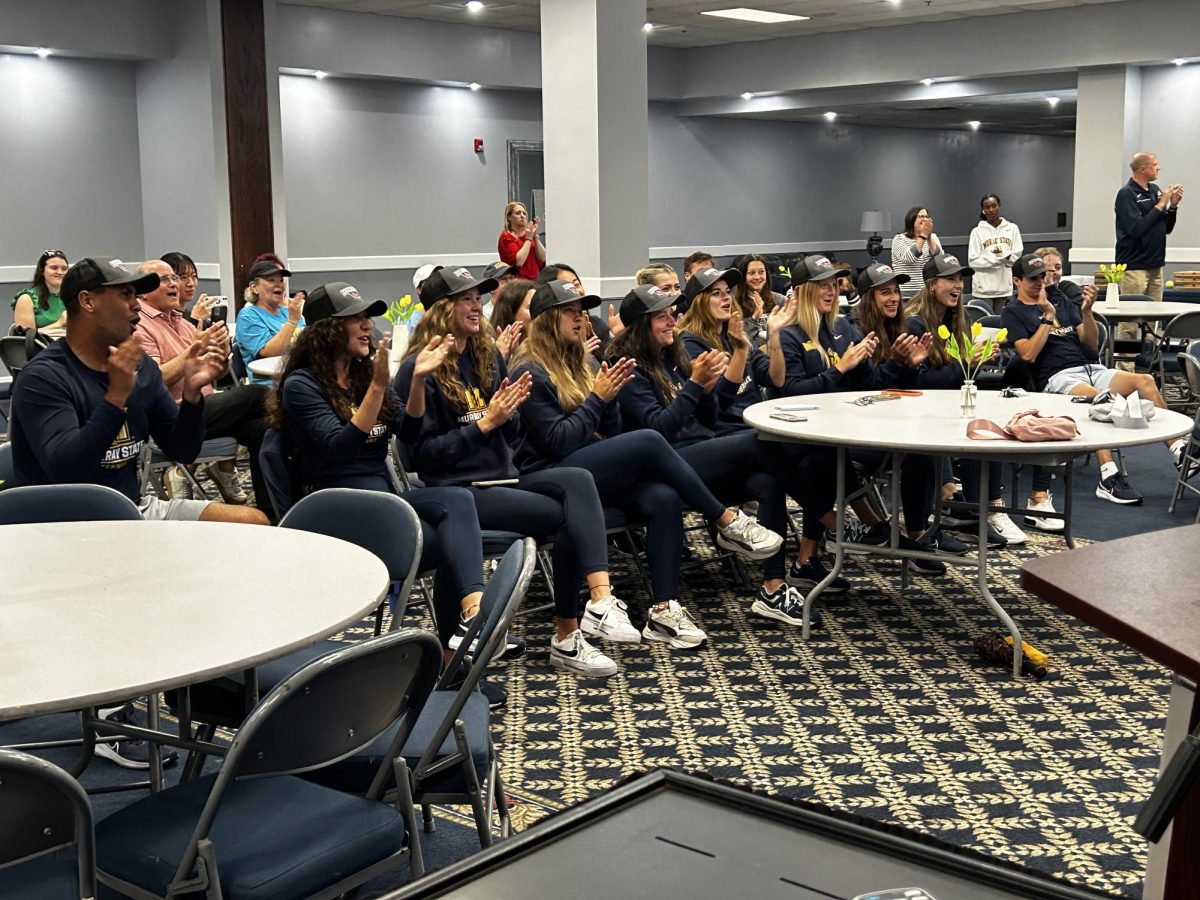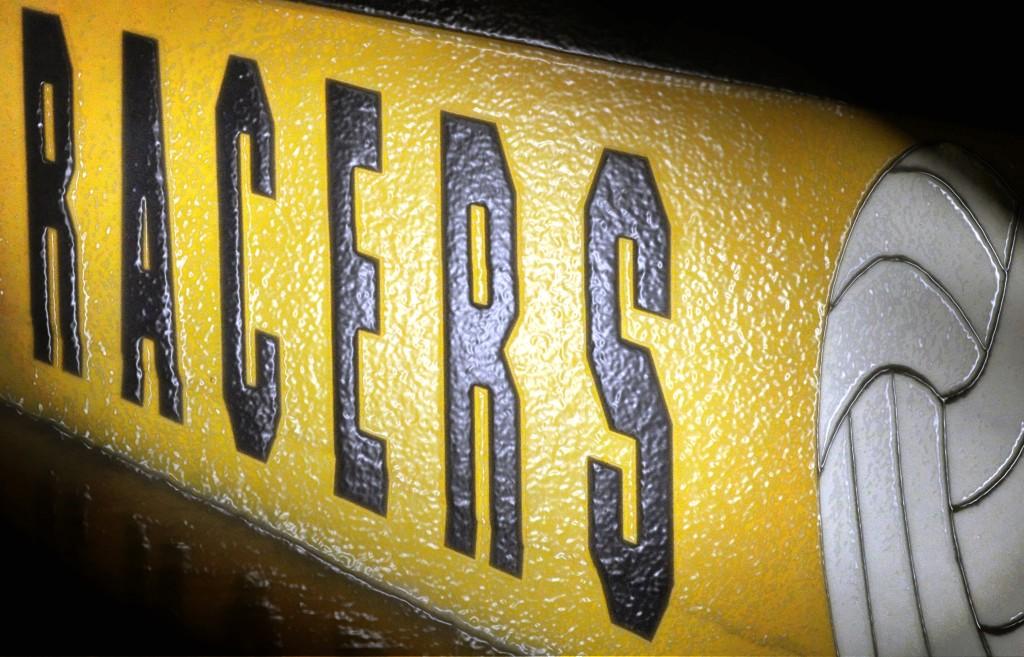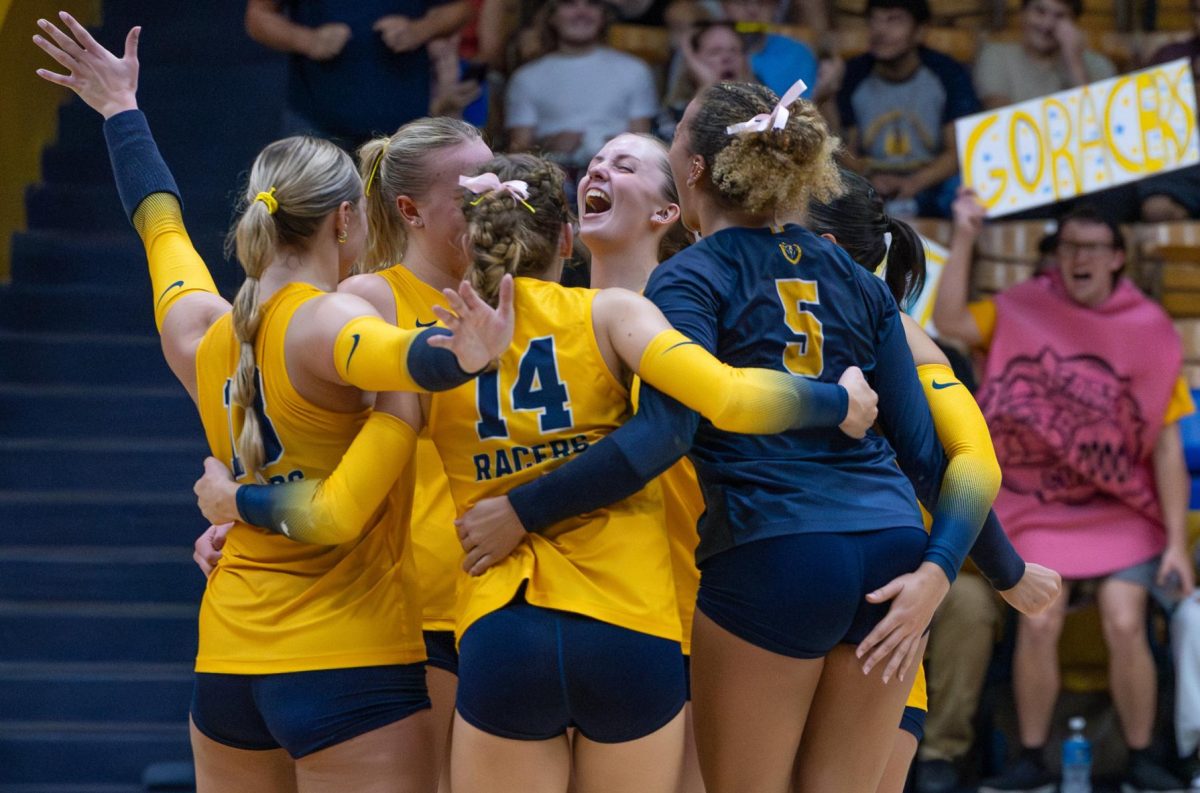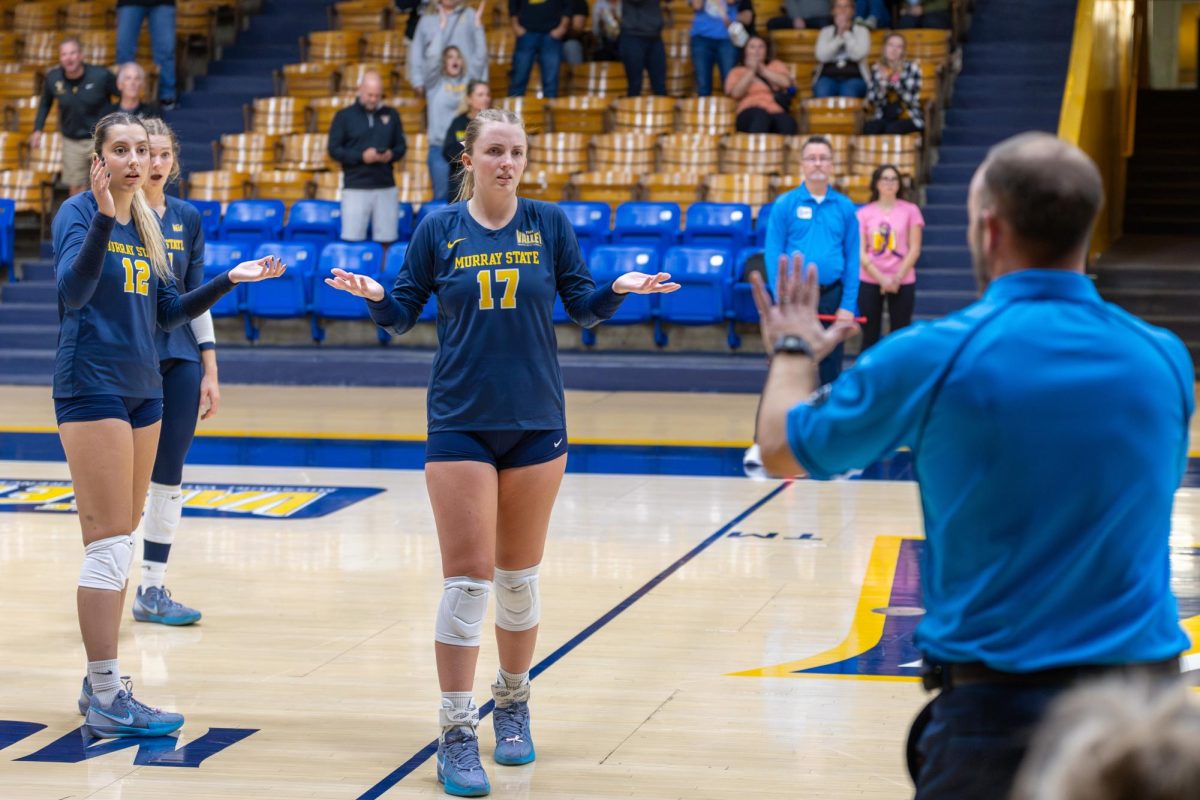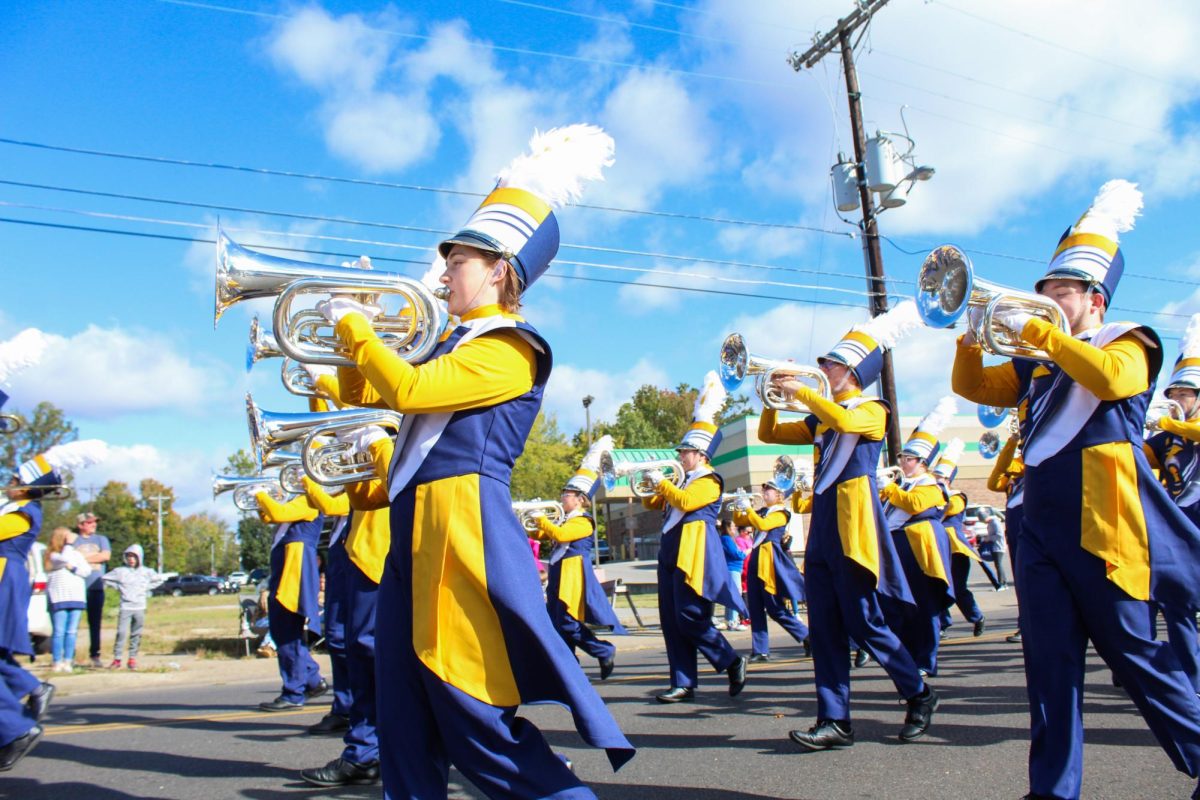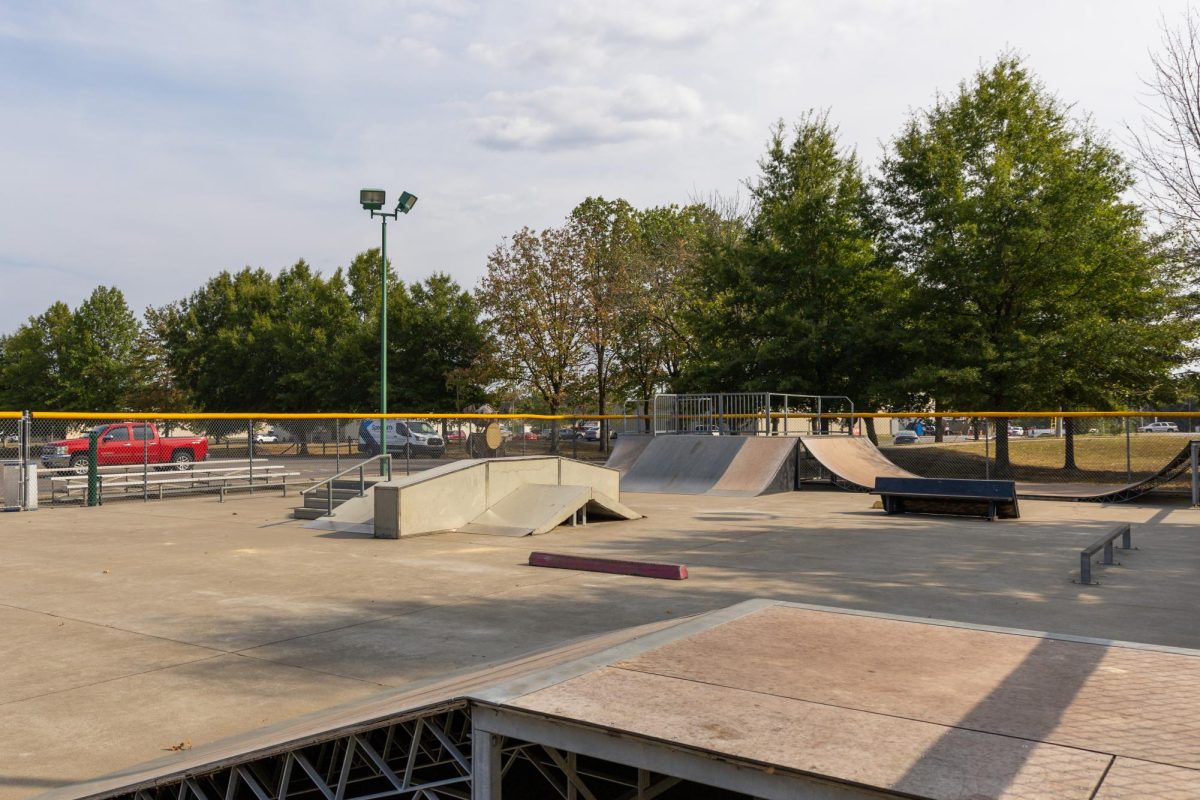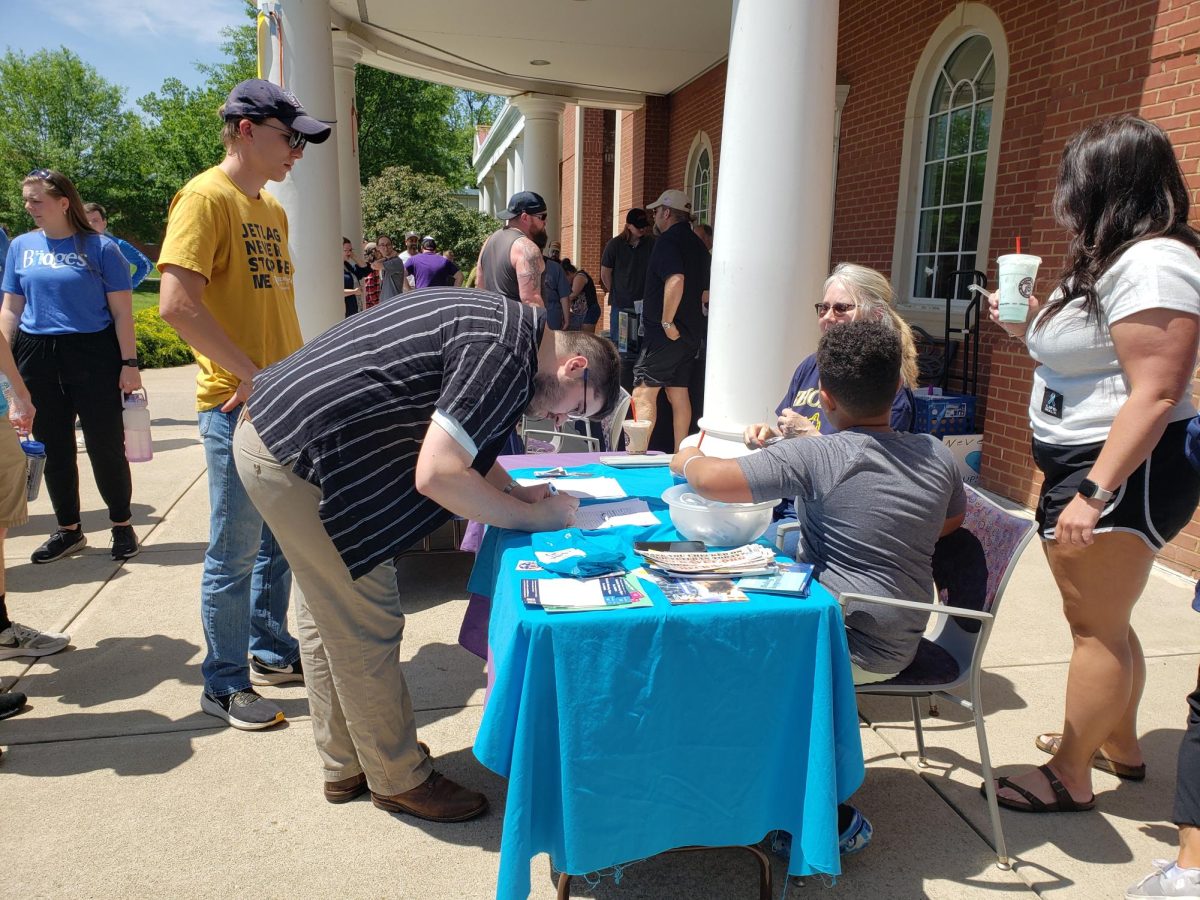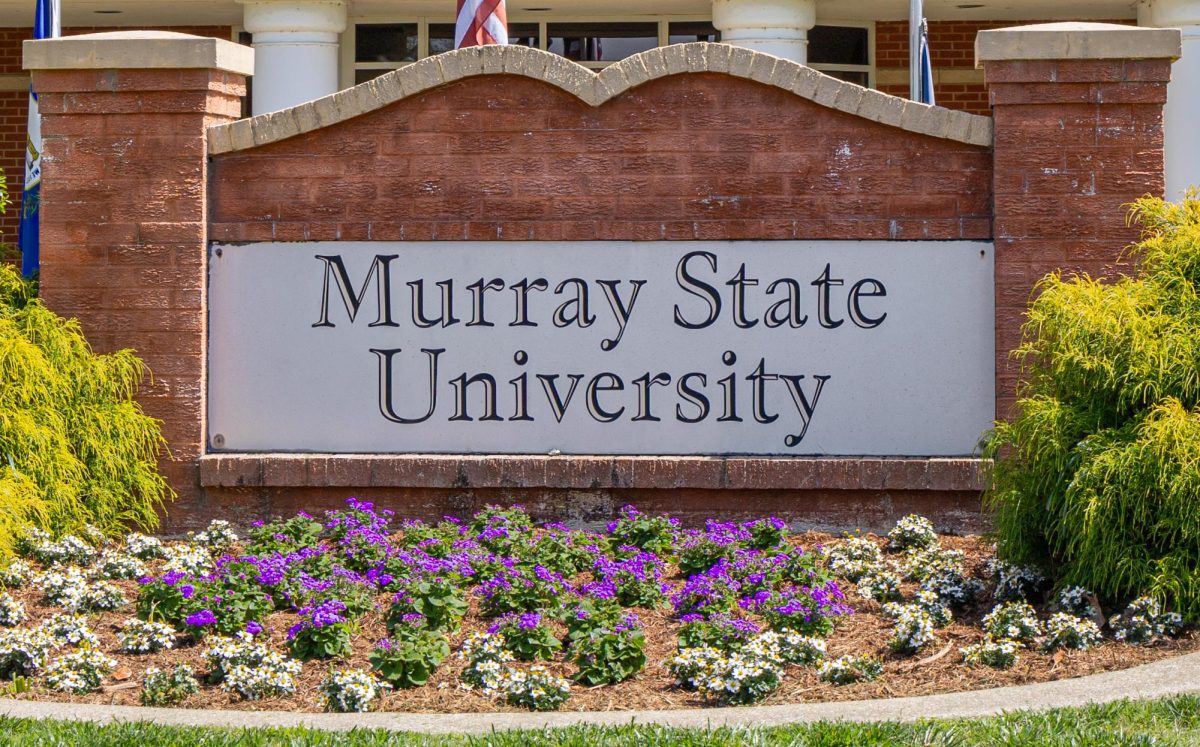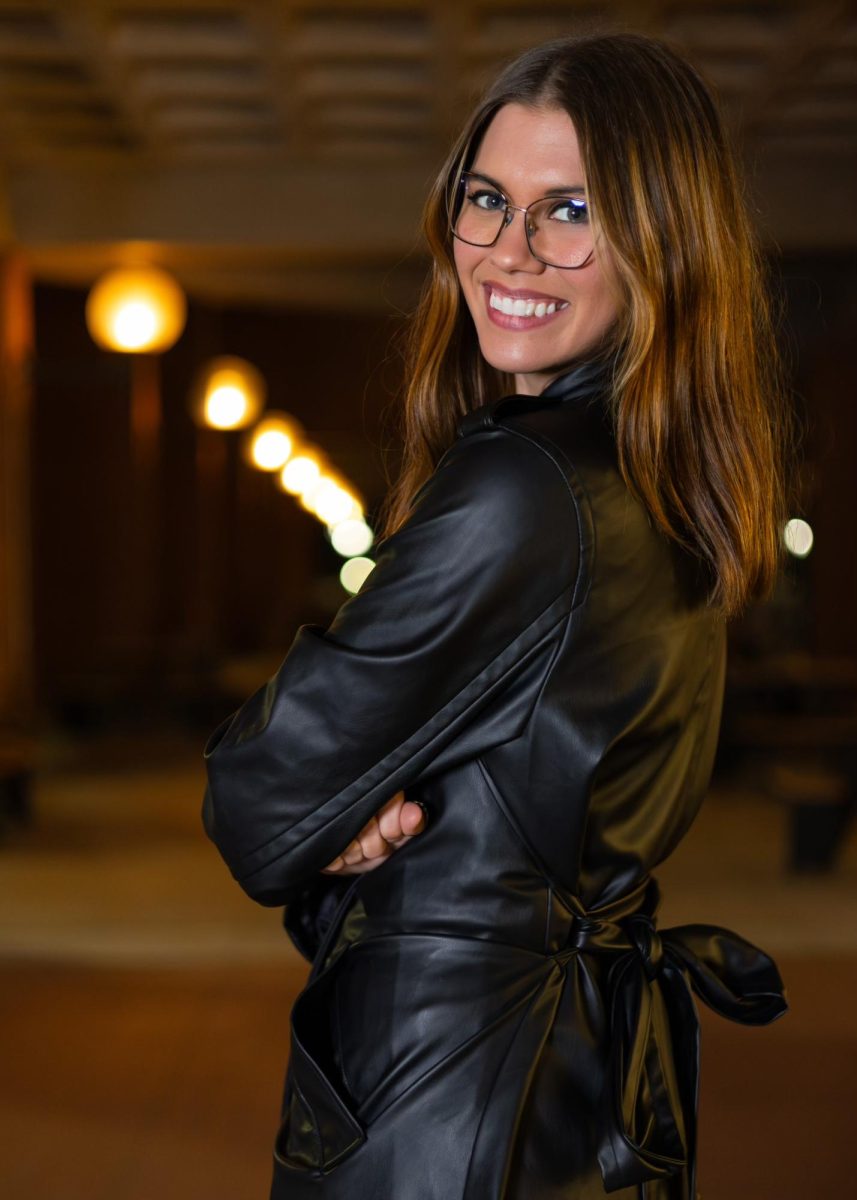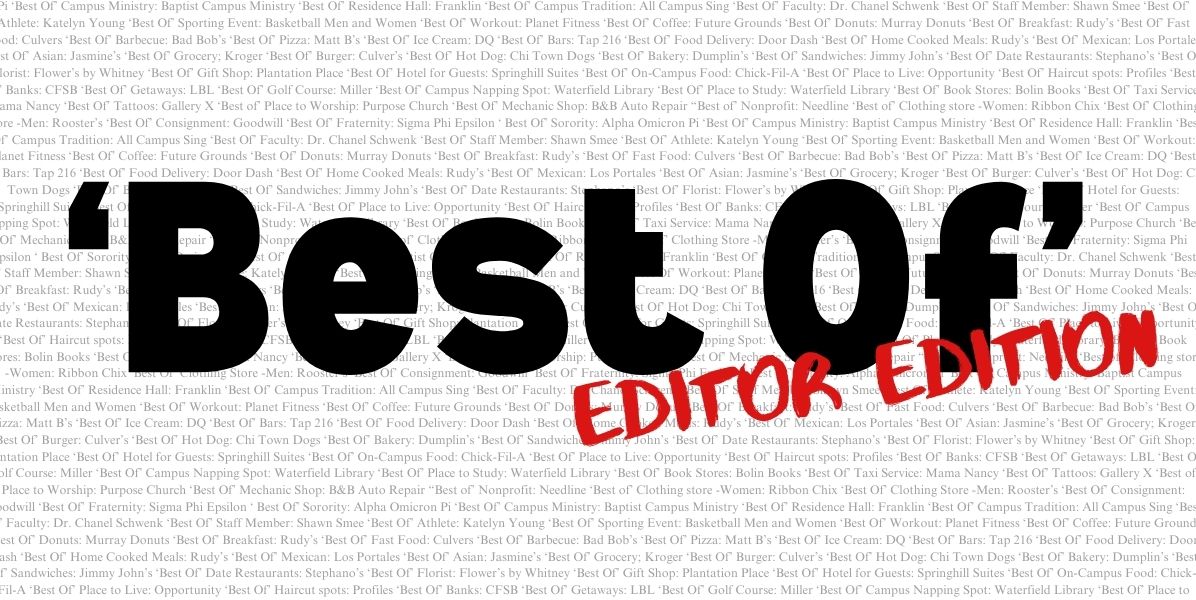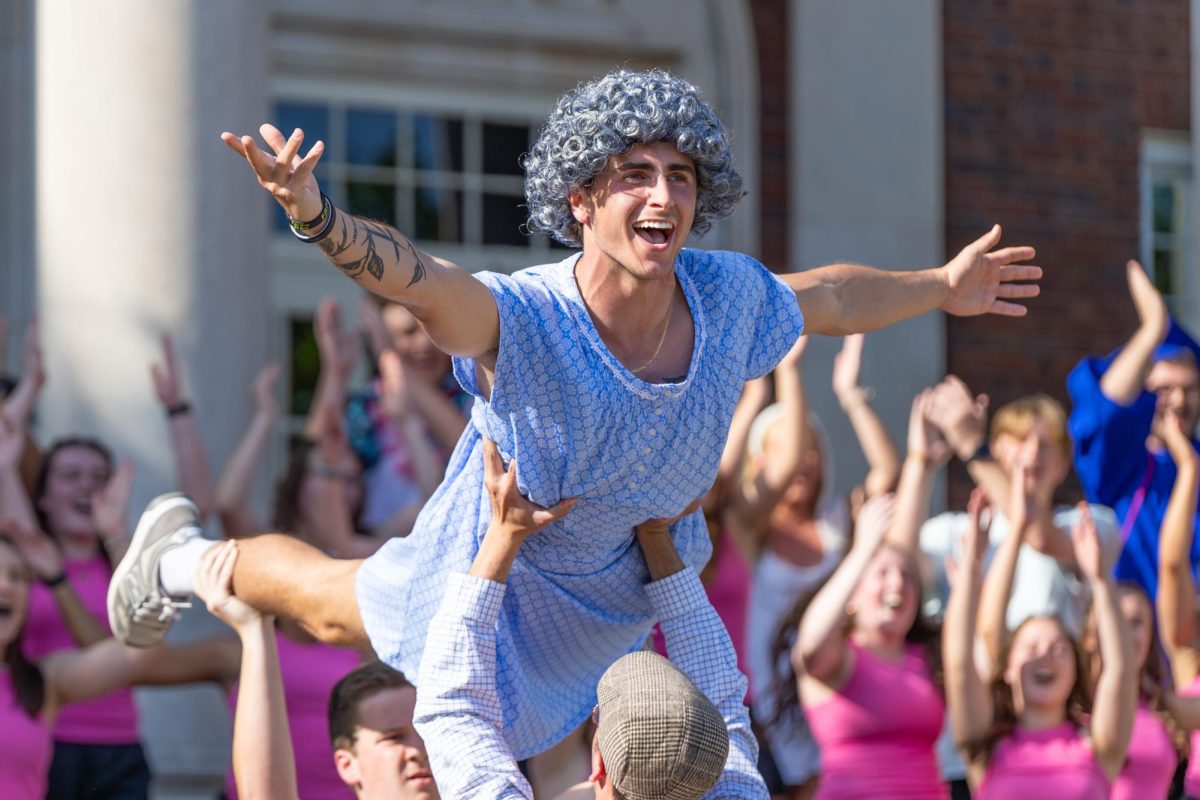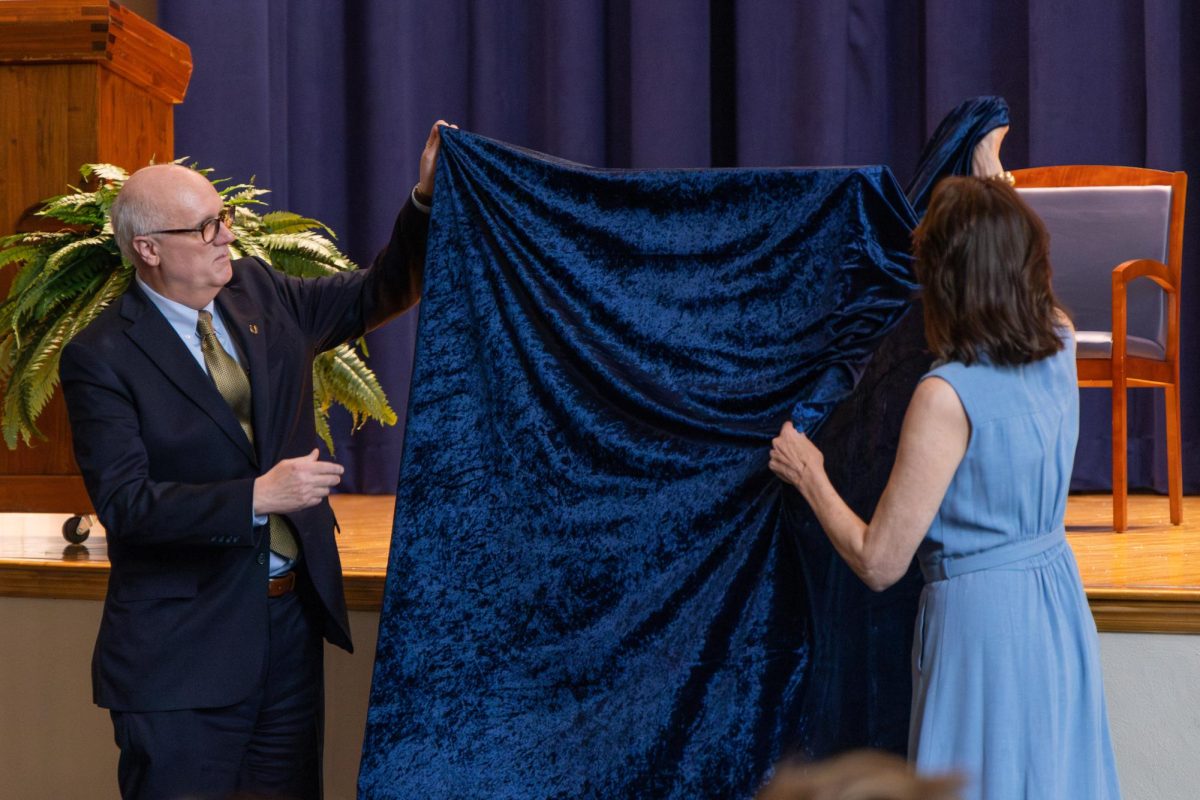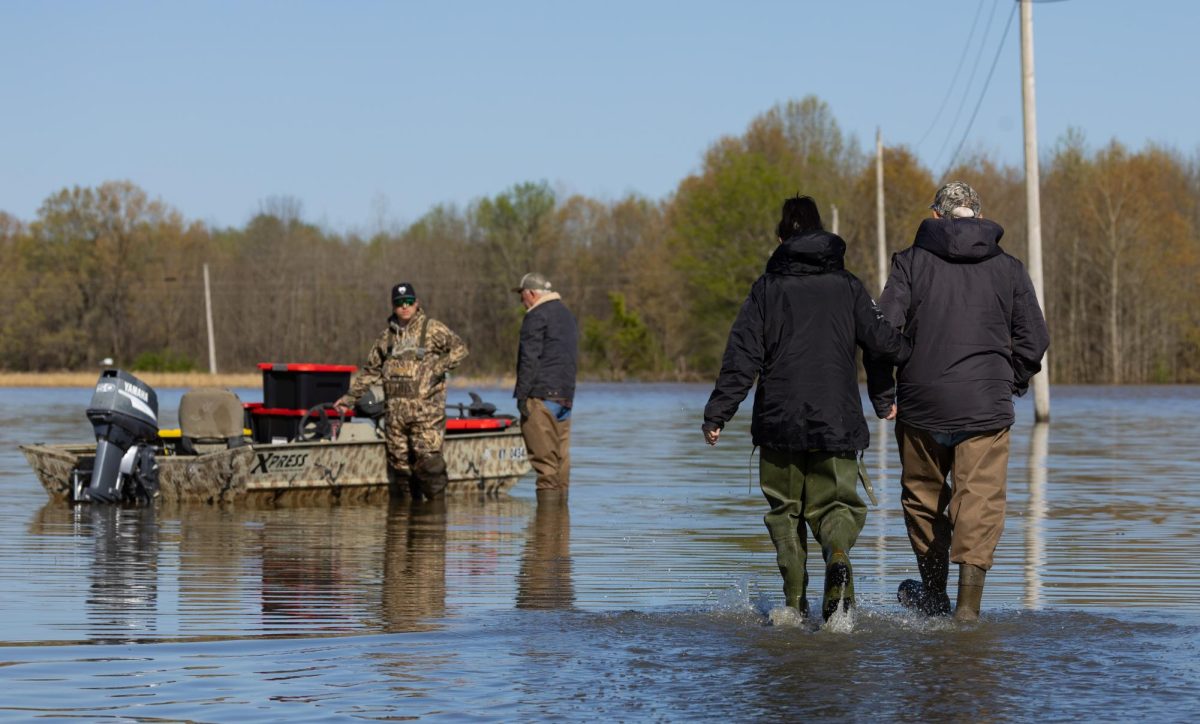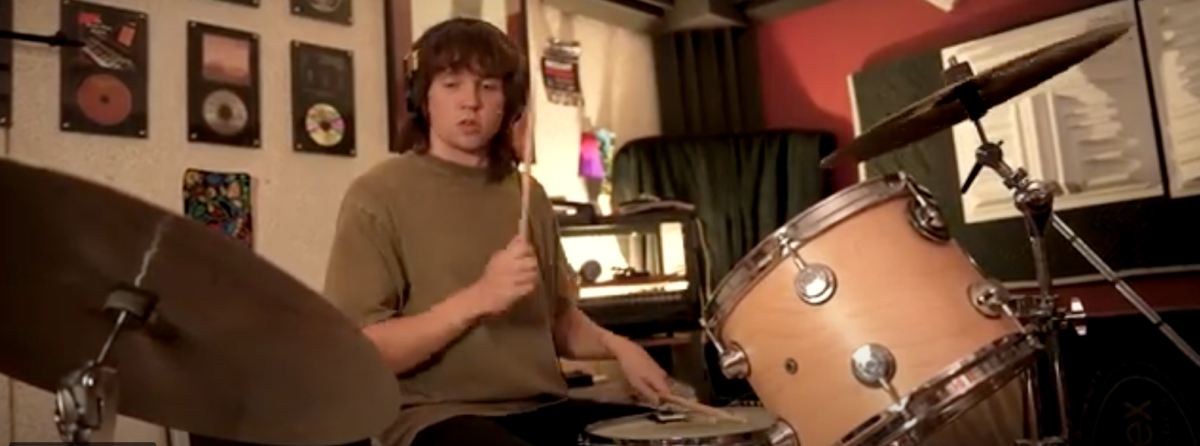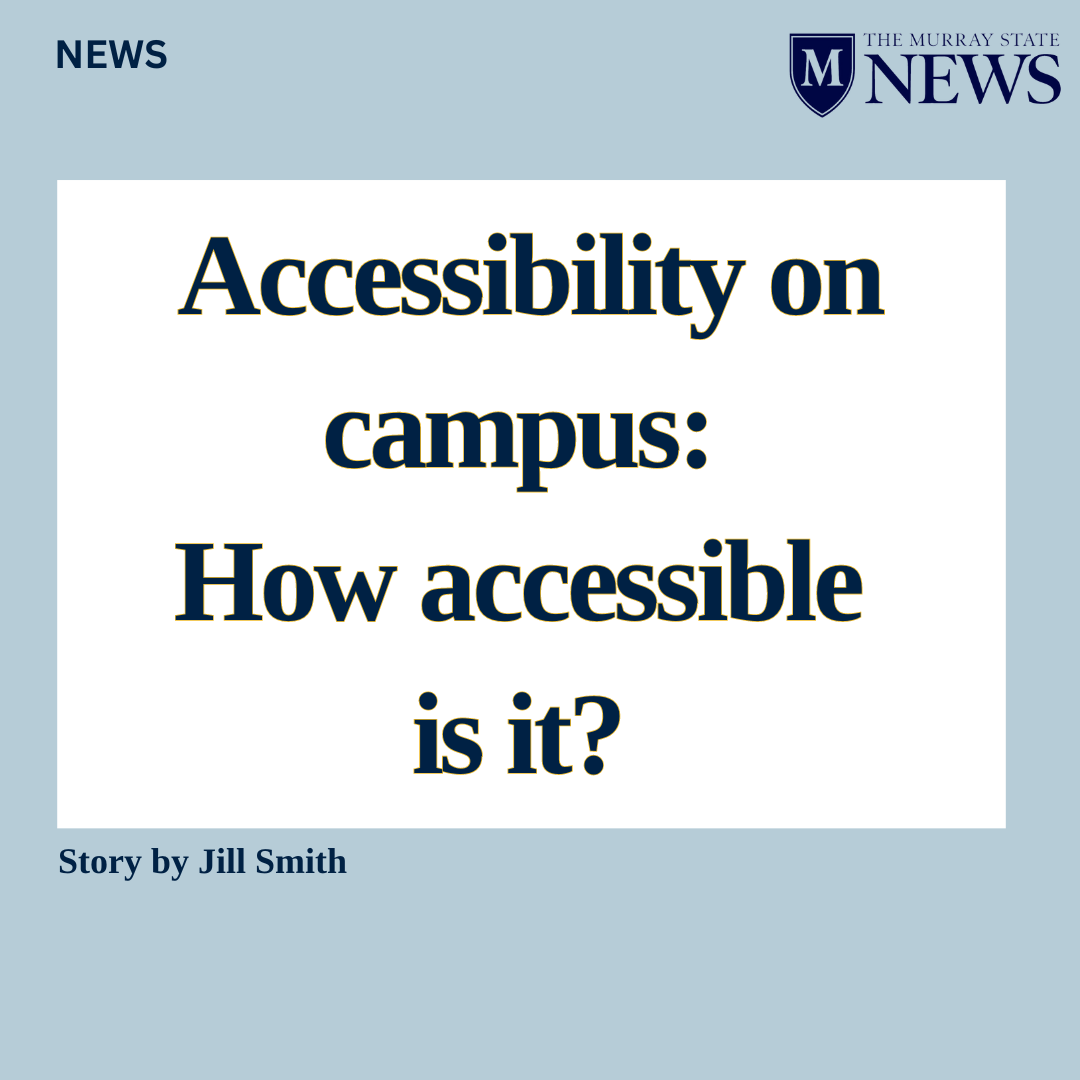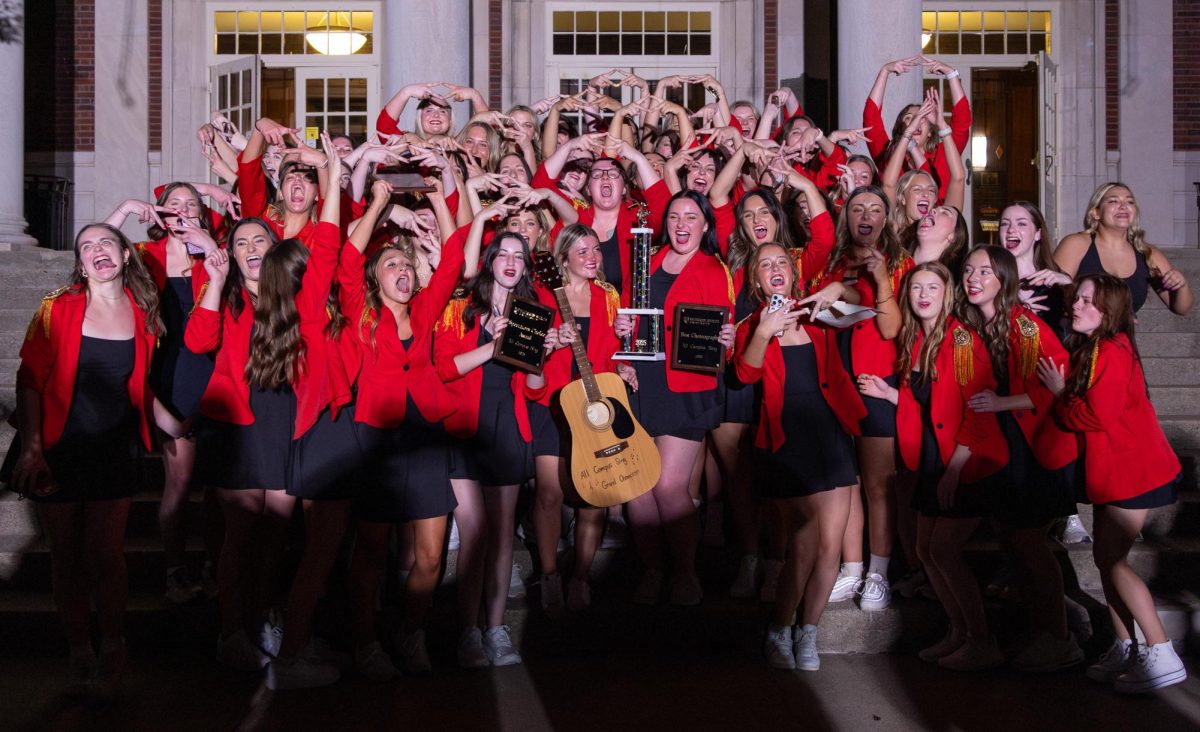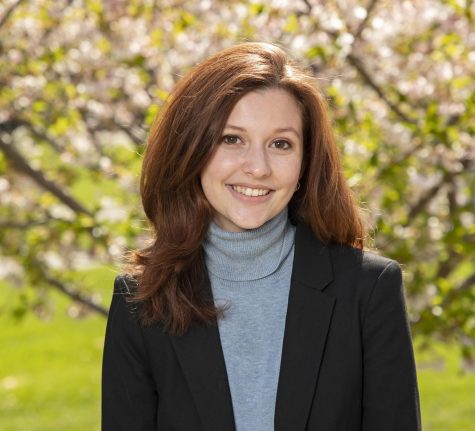Under the American Disabilities Act, higher education institutions must provide equal access to postsecondary education for students with disabilities, but the act leaves room for interpretation. If an institution can prove that making the accommodations and/or modifications would constitute an undue financial or administrative burden, the alterations aren’t required.
Recently at Murray State, students, faculty and staff have questioned accessibility on campus and its impact on those with disabilities.
Ambrozy Przygoda, freshman creative writing major, uses a cane to help them with mobility.
The deteriorating sidewalks around the Quad pose a safety concern for them and other students with mobility issues, Przygoda said.
“My cane gets stuck in the cracks all the time, and it causes me to trip…at least five times every single day, and it’s worse whenever it rains because obviously the rain gets into those divots and that makes it harder for me to travel,” Przygoda said. “My cane — it’s there to support me, but whenever the rain is covering half of the sidewalk, you can’t really go anywhere.”
Przygoda disclosed that because of the rain, their cane tips will need to be replaced soon. They said the average cost of the tips at Walgreens ranges from $10-$30.
“My cane gets stuck, and it bangs up my cane and causes the rubber on it to erode,” Przygoda said.
Przygoda said they are also concerned about housing accommodations for students with disabilities.
“These students, who are probably also spending a lot of their money on their medical bills and on their tuition, already have to pay more to live in these nicer dorms for their accommodation,” Przygoda said.
Melissa Castellanos, sophomore advertising major, recalled a fall she had entering the front entrance of Wilson Hall in February.
“When you come up to the top of the steps, there is a landing, then there’s a little lip and there’s another landing before you get to the door,” Castellanos said. “Both areas are almost the same color, and there are some repair lines … .When you’re coming up to the top of the stairs, it looks like a solid landing surface.”
Castellanos tripped on this landing two years ago and was not seriously injured. However, in this last incident, an ambulance was called to the scene and took her to the emergency room.
“I saw patient care management (Feb. 28), and she said my head’s okay, my knees are okay, my elbows (are) okay, but I have gotten a referral for my shoulder,” Castellanos said. “When I went into the door, my head and my shoulder went in, so I don’t know the extent of my injuries from that, but we’ll know later down the road.”
Castellanos said she is also dealing with mobility issues because of the fall.
“Holding my arm, getting it completely straight above my head — it’s really painful,” Castellanos said. “I have issues getting my arm behind my back. I’d say that I have some limited mobility.”
Castellanos said she wants to work with Facilities Management to place signs around Wilson, where tripping hazards are present.
“I’m going to talk to (Jason Youngblood), and hopefully, I’m going to get something changed there where there’s some caution tape on the, you know, facing of the lips, where there’s a color differentiation, or some signage posted,” Castellanos said. “I want something to be posted there to alert that there is a great differentiation between the two.”
A faculty member, who wishes to remain anonymous, said many areas on campus are not accessible.
“I occasionally use a mobility device, and it is difficult to navigate the uneven and bumpy sidewalks,” the faculty member said. “Disabled buttons hardly work in most buildings and take so long to fix when broken. Disabled parking is so far from buildings, (and) it is difficult for me to get from the middle of the lot by Faculty Hall and into my building, which is on an incline. Bathrooms are also difficult to enter with a mobility device.”
The faculty member also said the University does not do a good job addressing accessibility concerns.
“So many people I know who have documented disabilities are denied reasonable accommodations,” the faculty member said. “I’ve been sent on runarounds, being told ‘ask your chair,’ ‘ask HR,’ ‘ask IDEA,’ and no one can give me clear answers about how to help with my invisible disability.”
This faculty member said the University should re-assign parking spots so all of the spots closest to each building are disabled parking.
“The IDEA Office is only focused on protecting the University and not actually ‘providing a working and learning environment that is welcoming of diversity and forestalls illegal discrimination and illegal harassment’ (from the IDEA website),” the faculty member said. “The lack of action on accessibility and campus-wide ableism is in fact discriminatory, demoralizing and extremely unwelcoming.”
Jason Youngblood, director of Facilities Management, said Facilities Management is looking at upgrading the sidewalks.
“We are aware of the deteriorated sidewalk areas in the Quad… and are making plans to do improvements there once funding can be identified,” Youngblood said. “We are also keeping in mind the many projects going on in this area that may need heavy equipment that tends to damage these concrete walks.”


